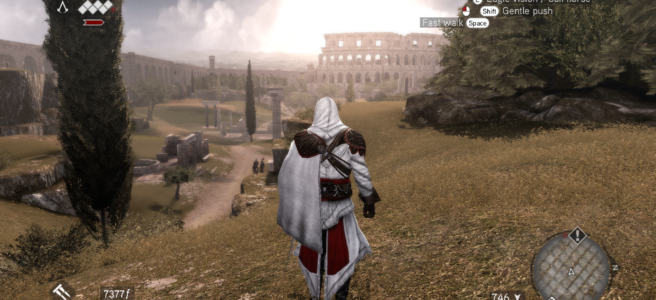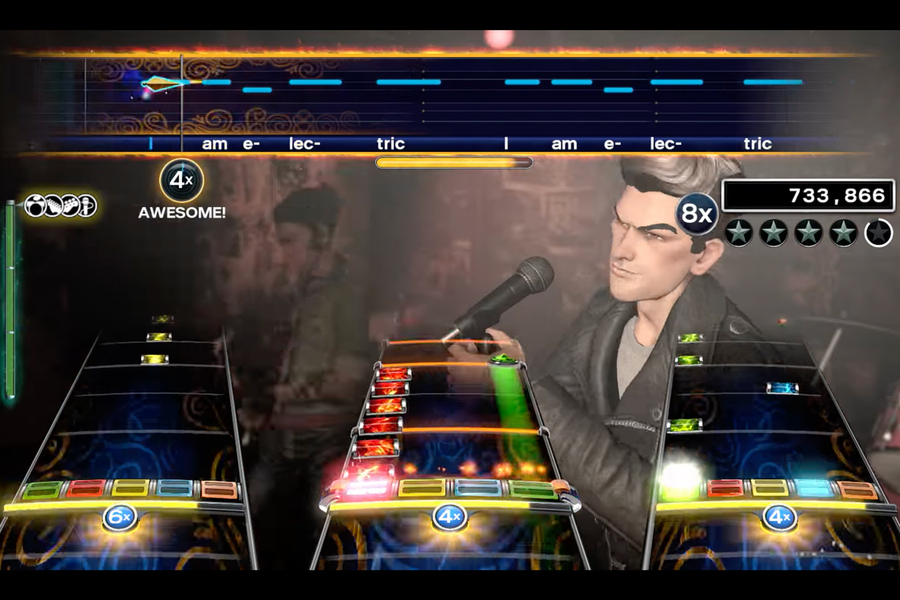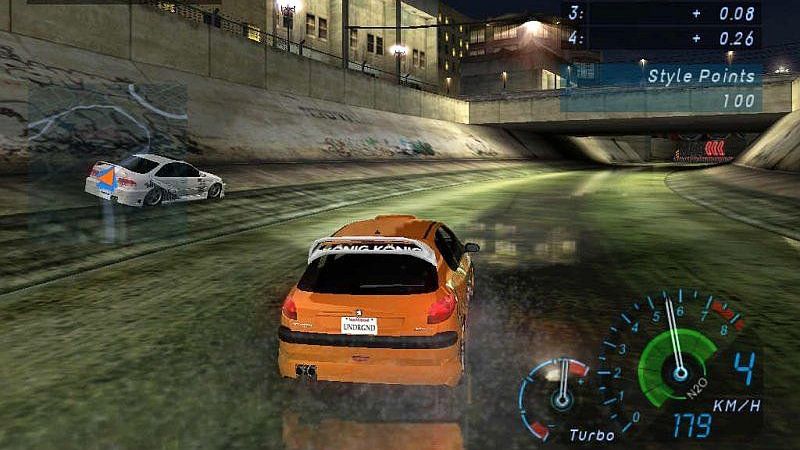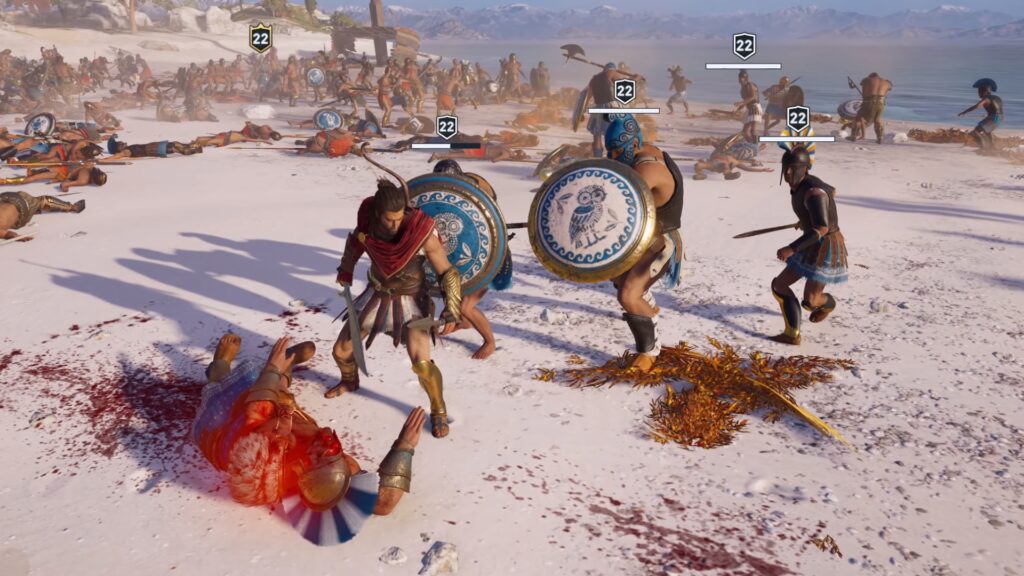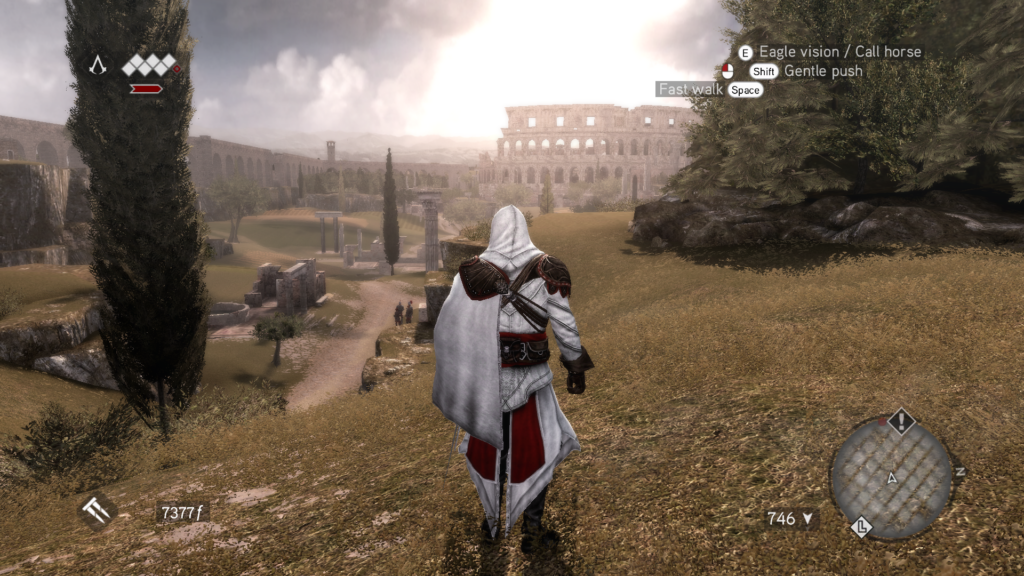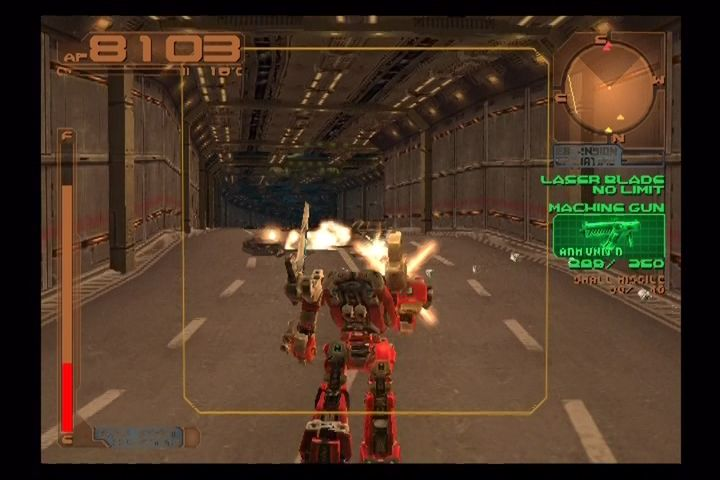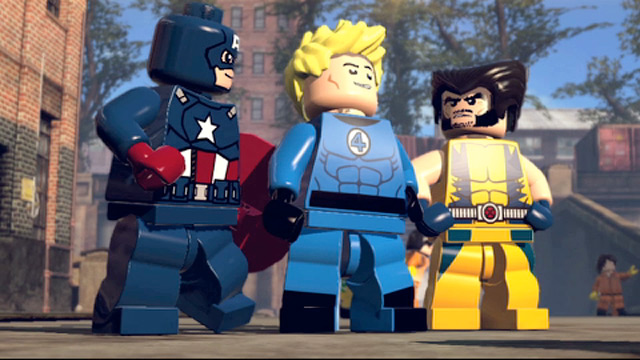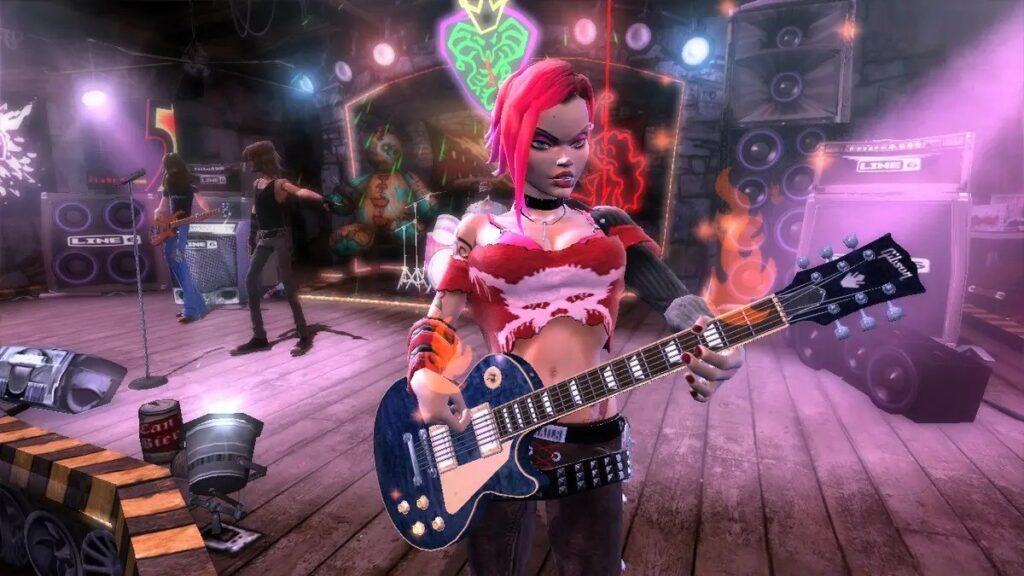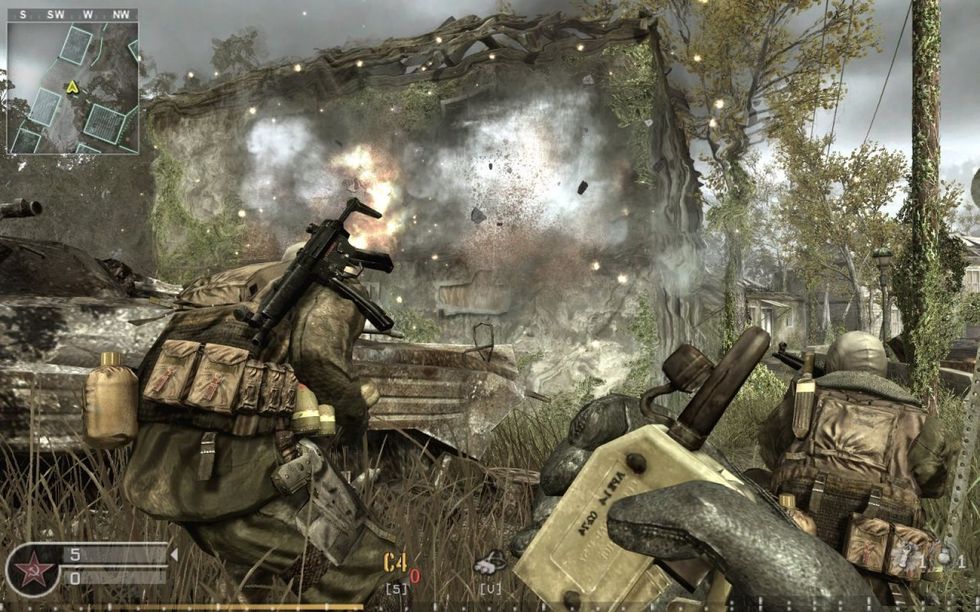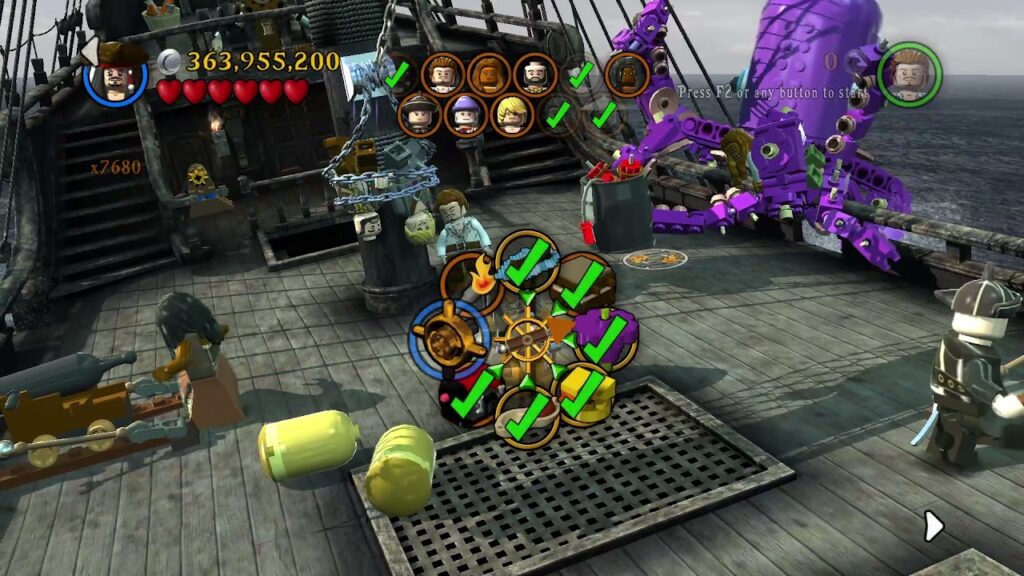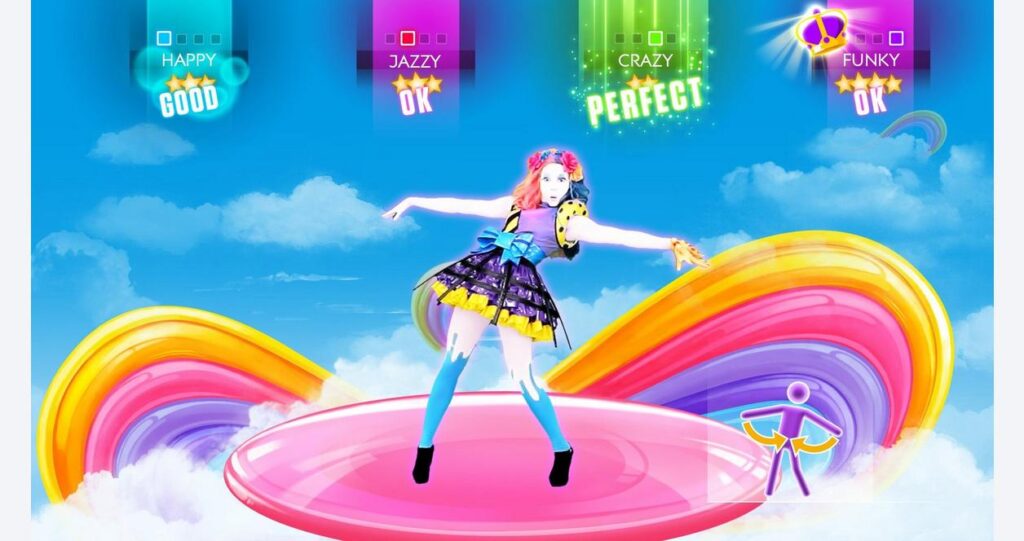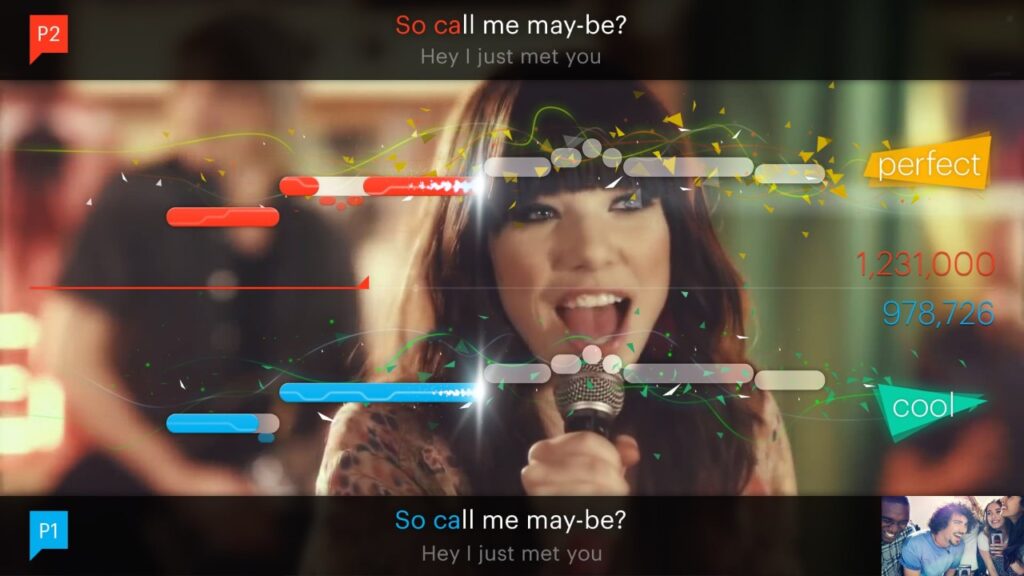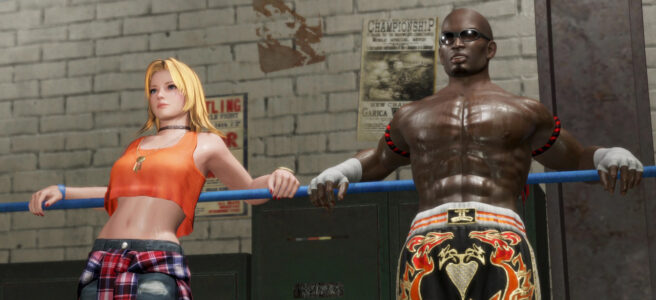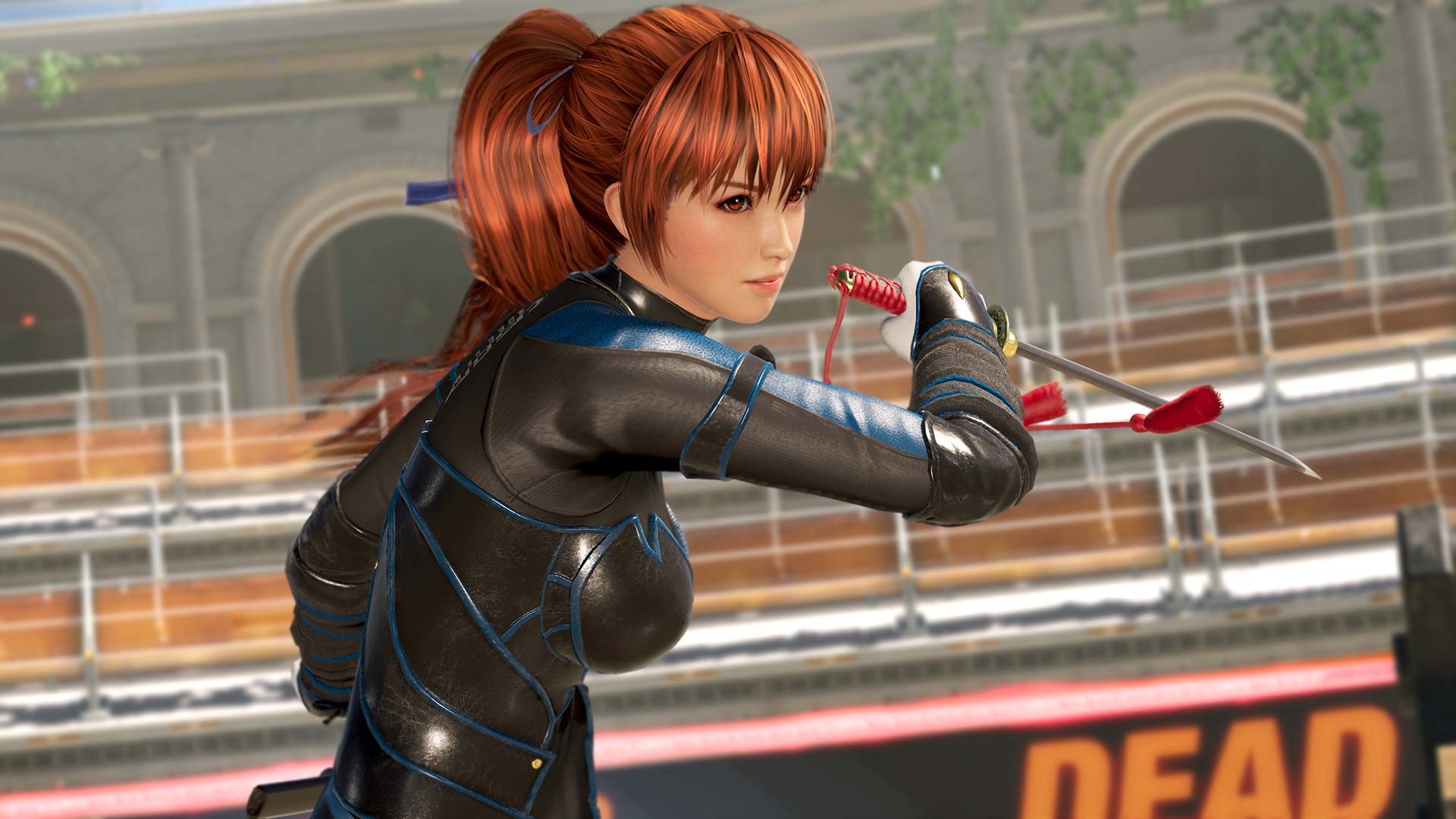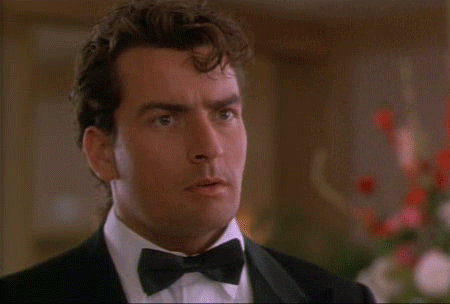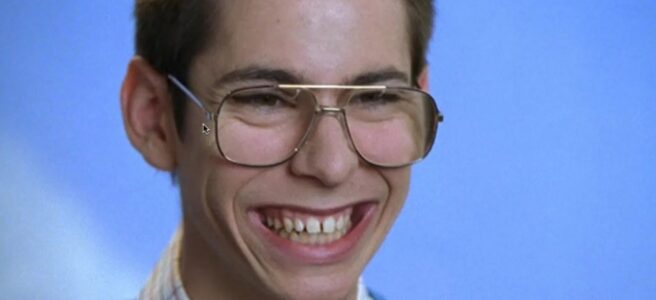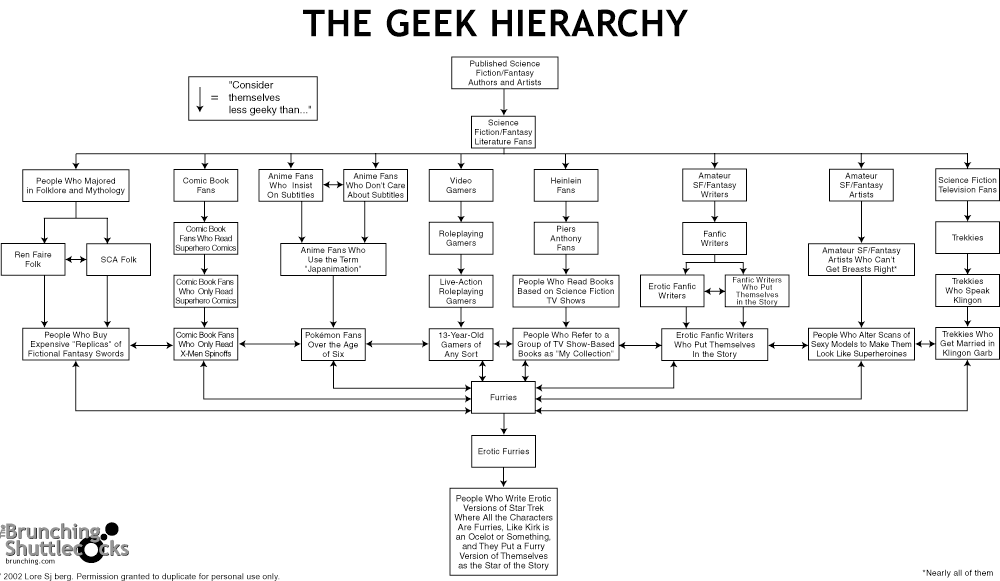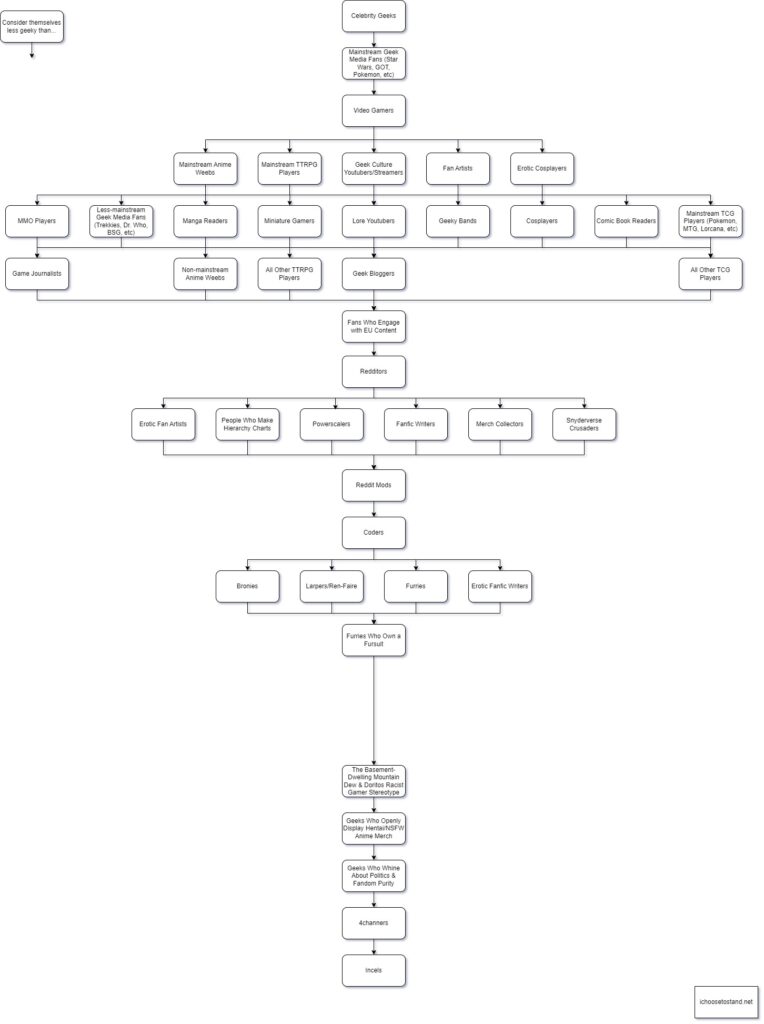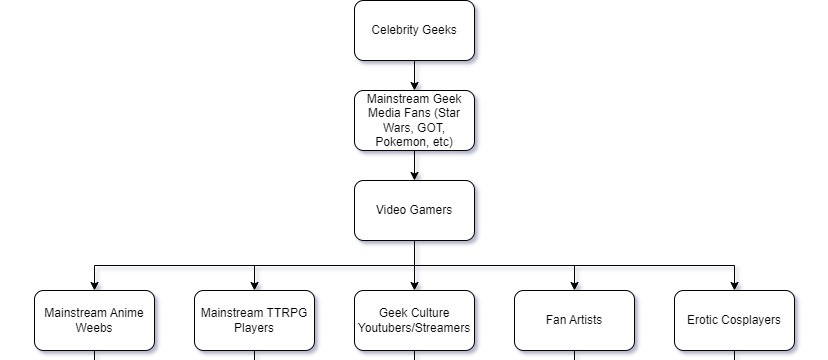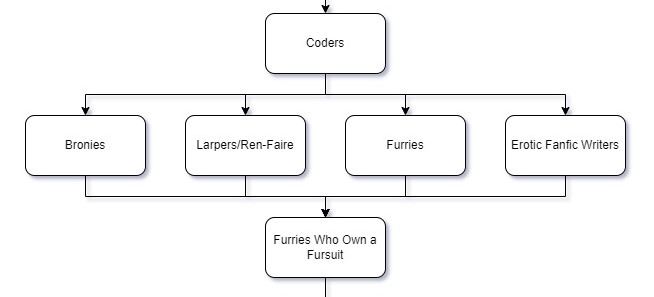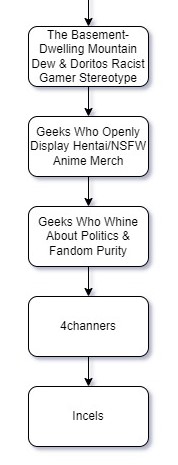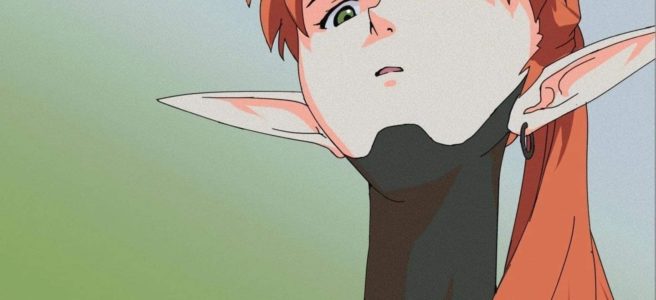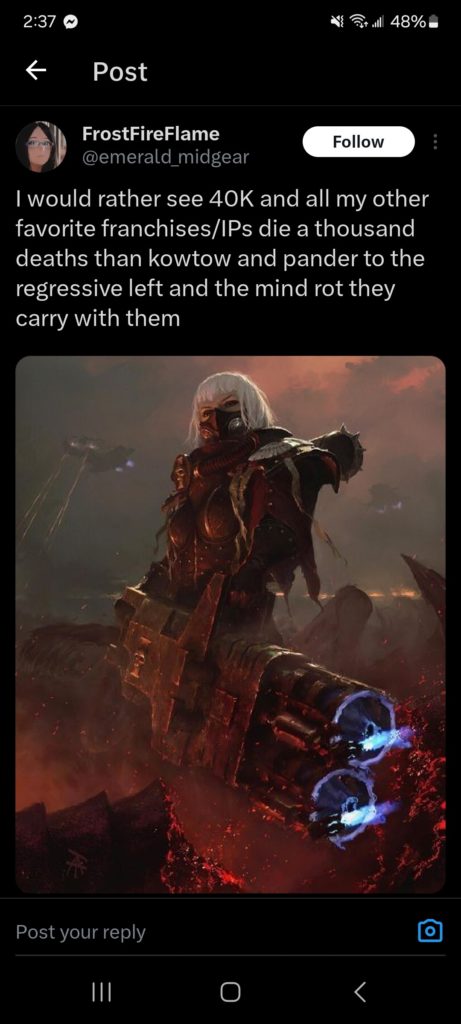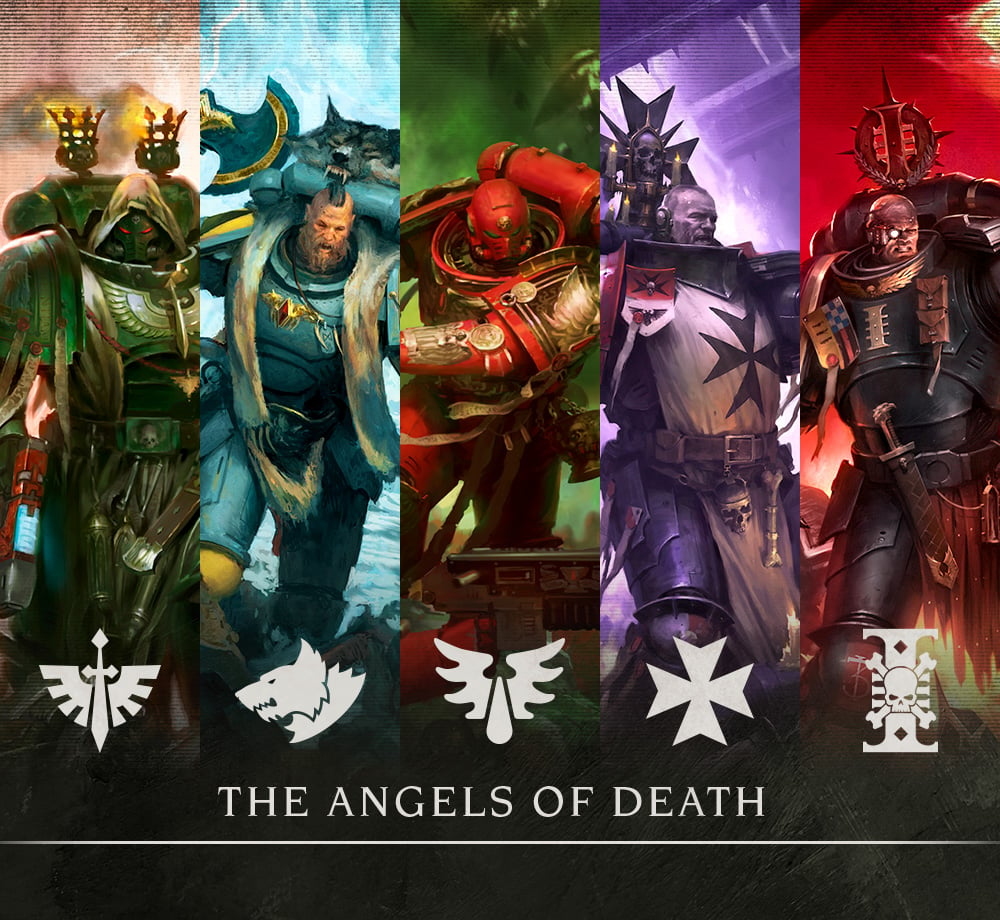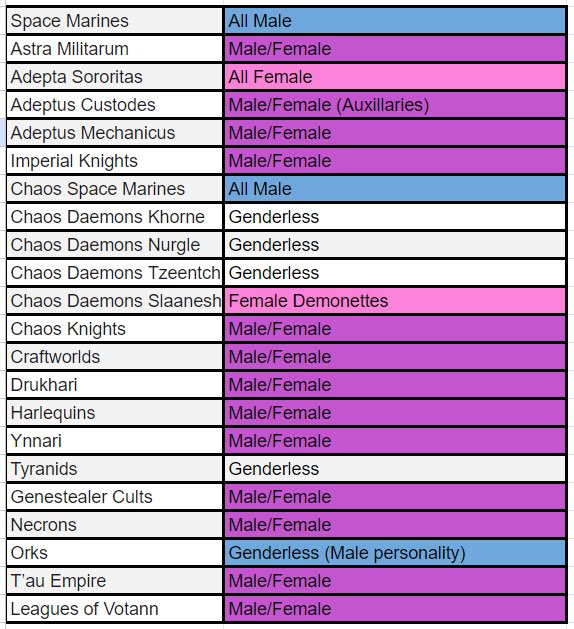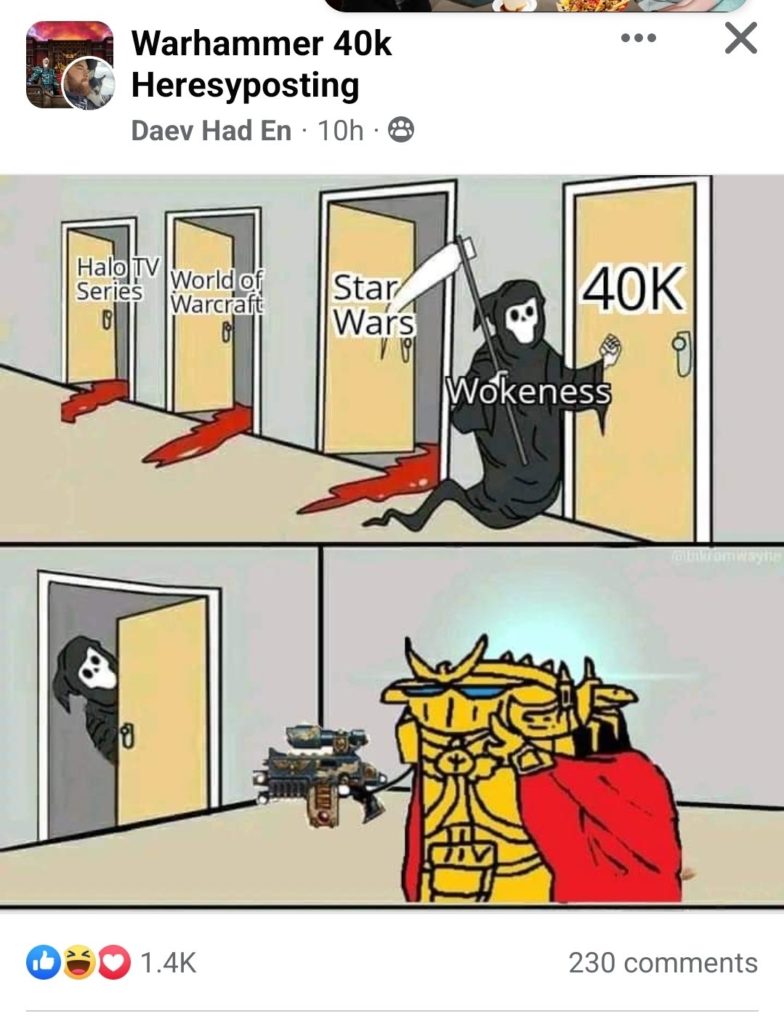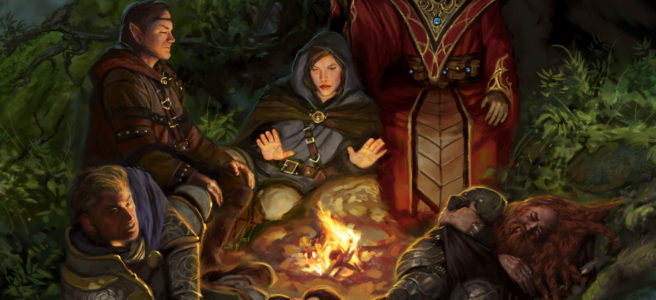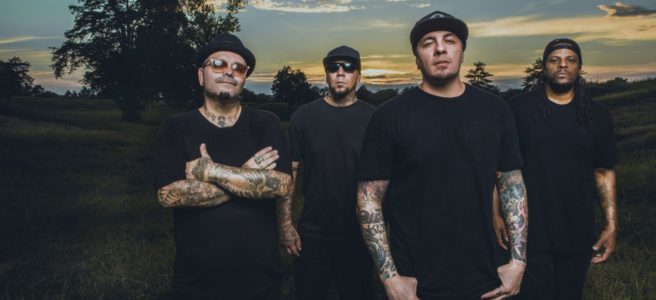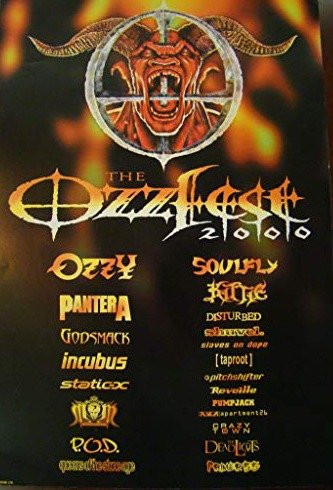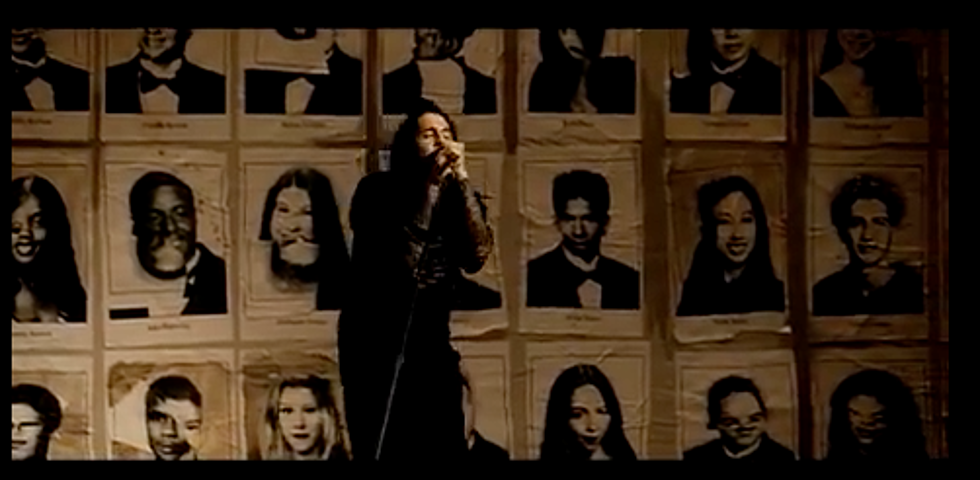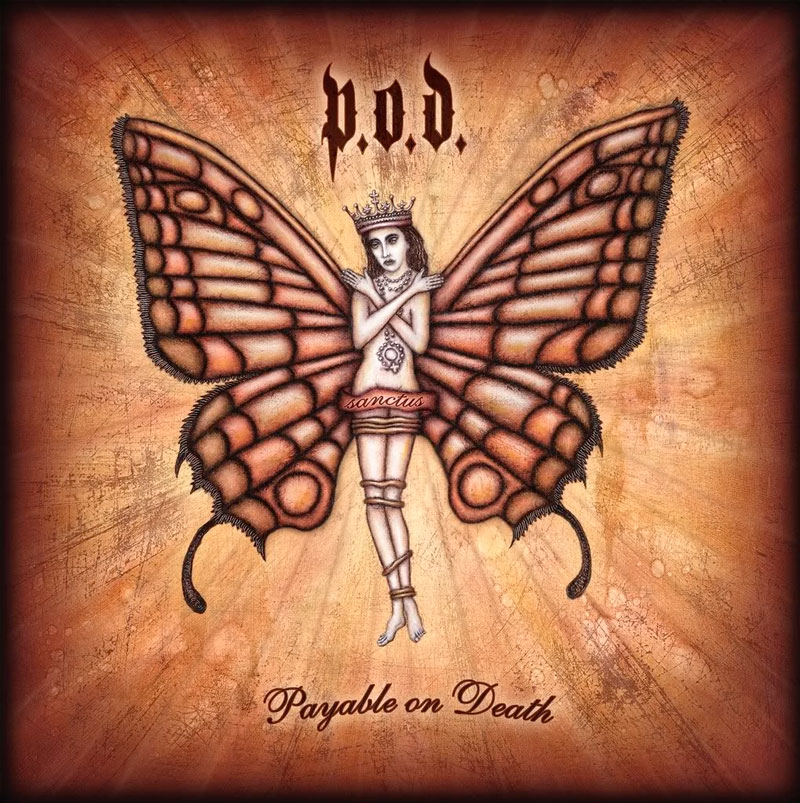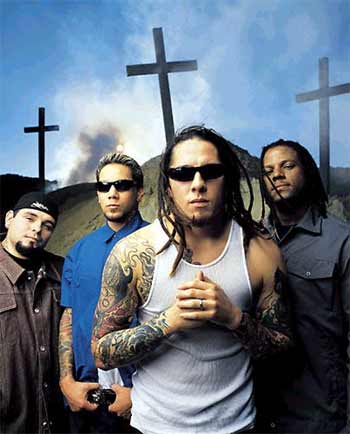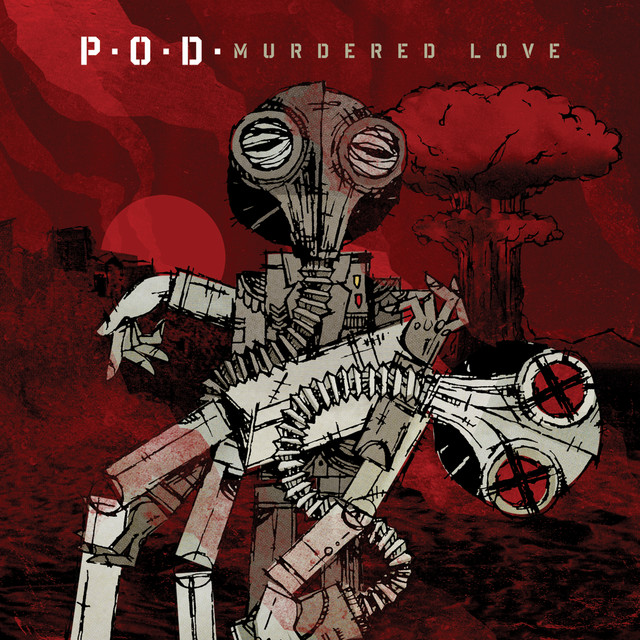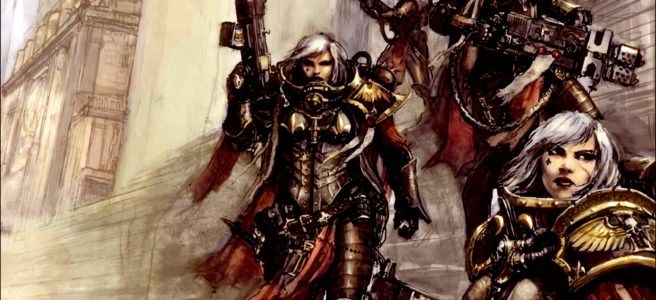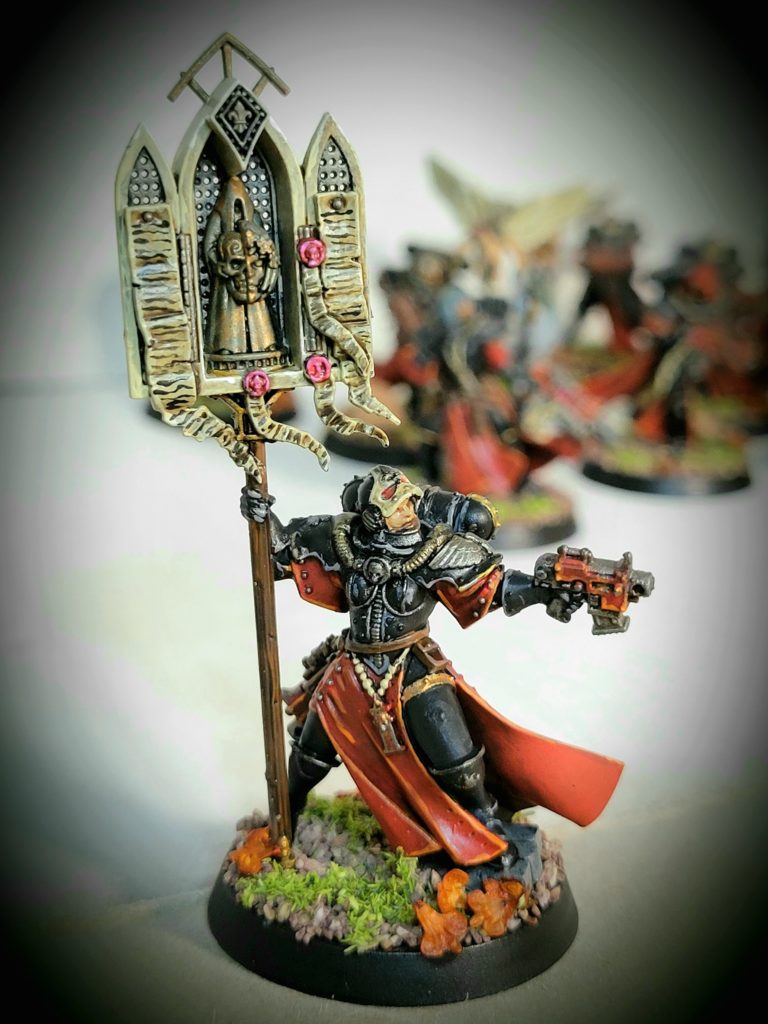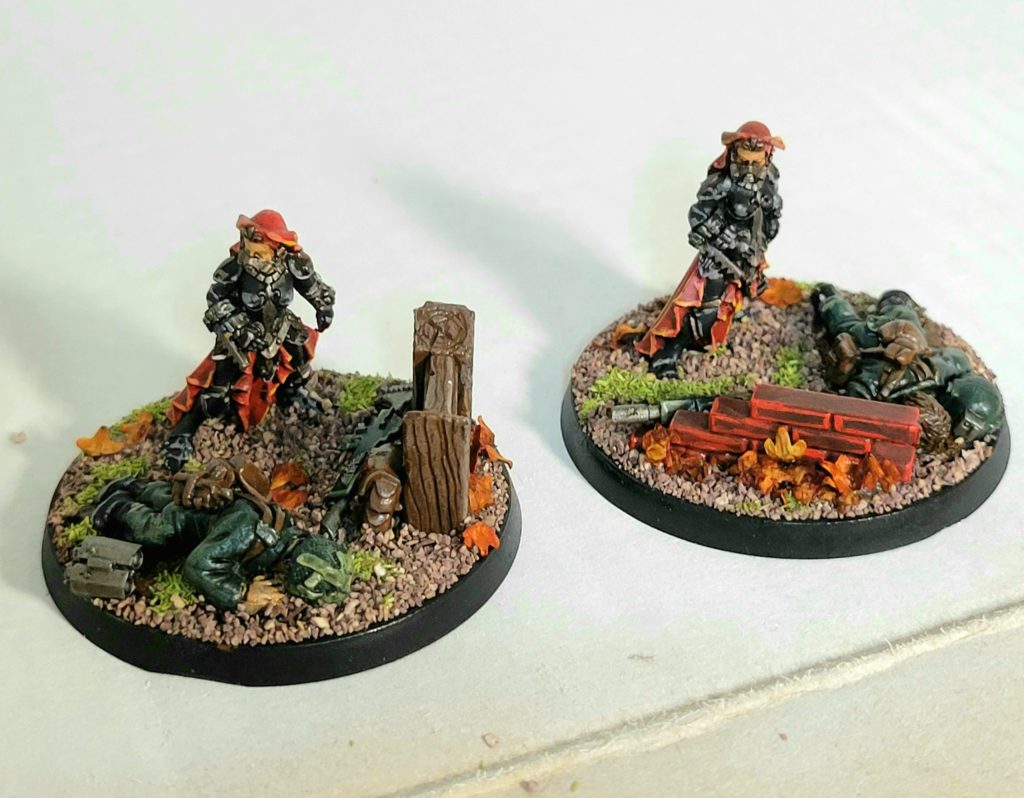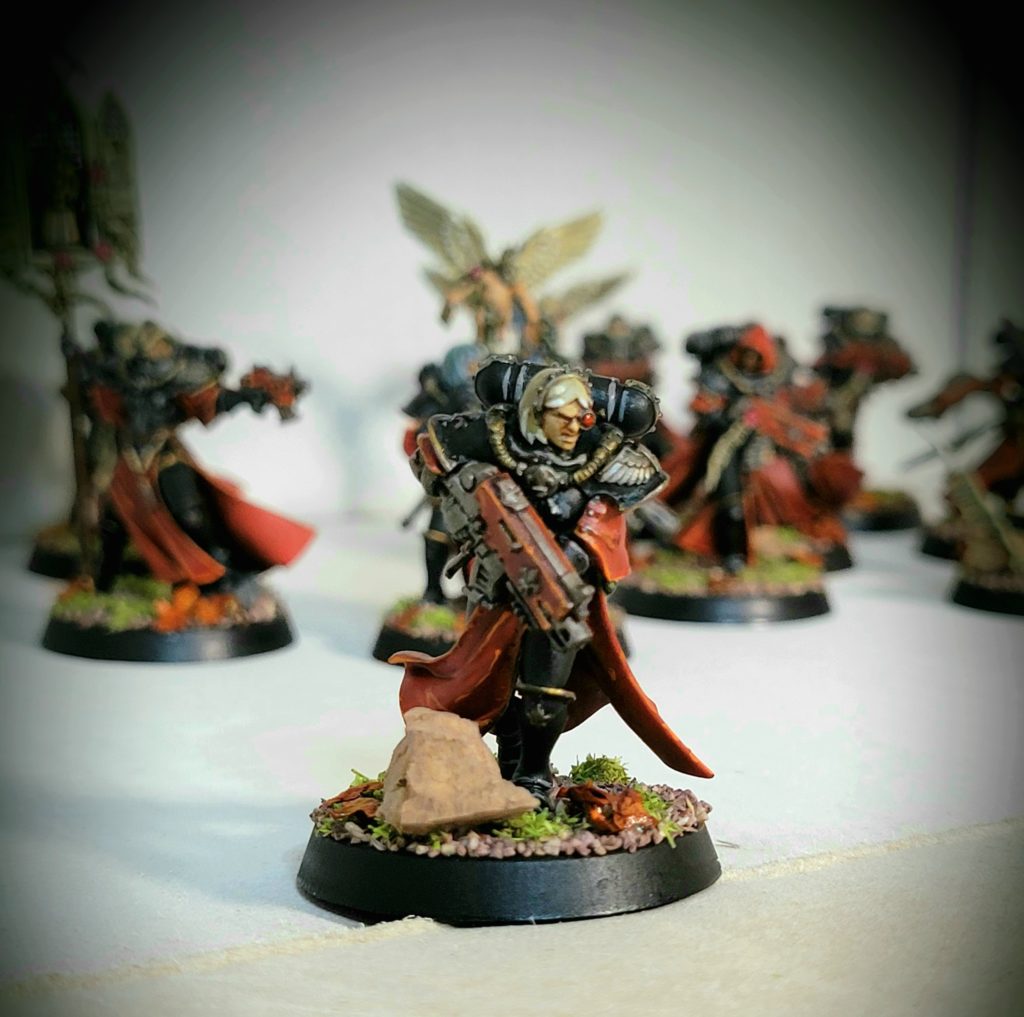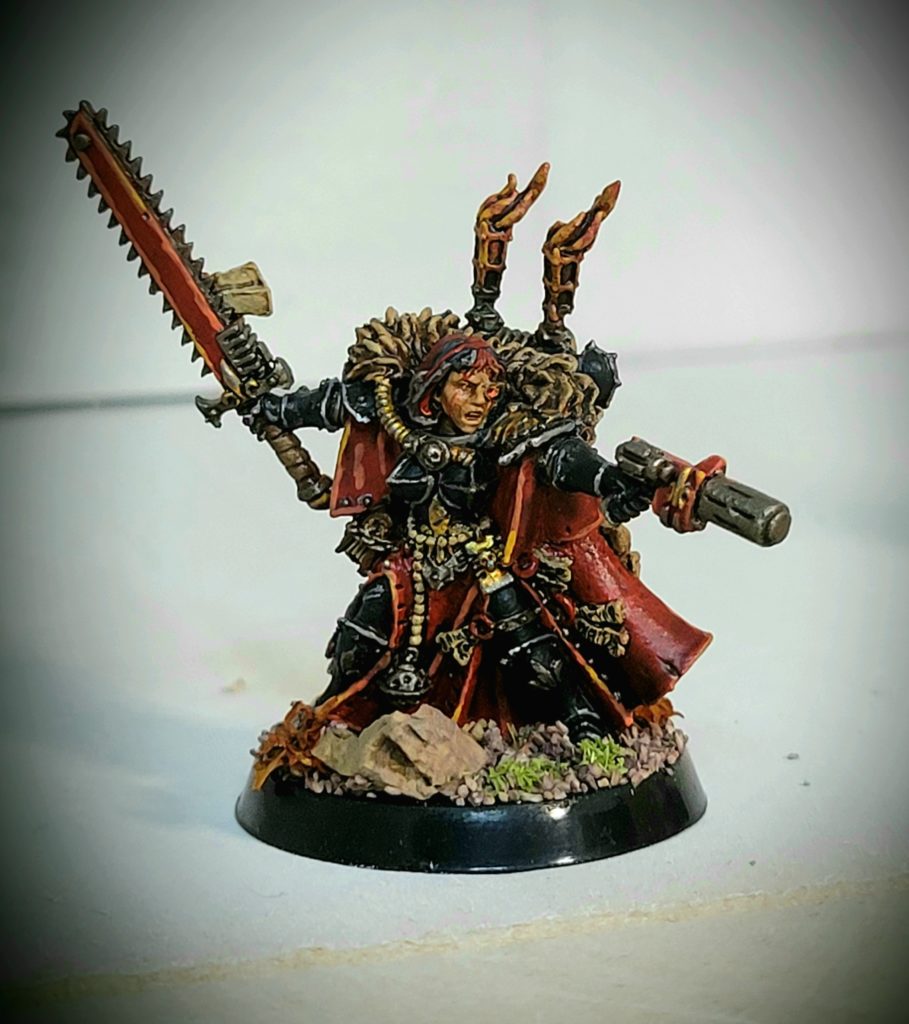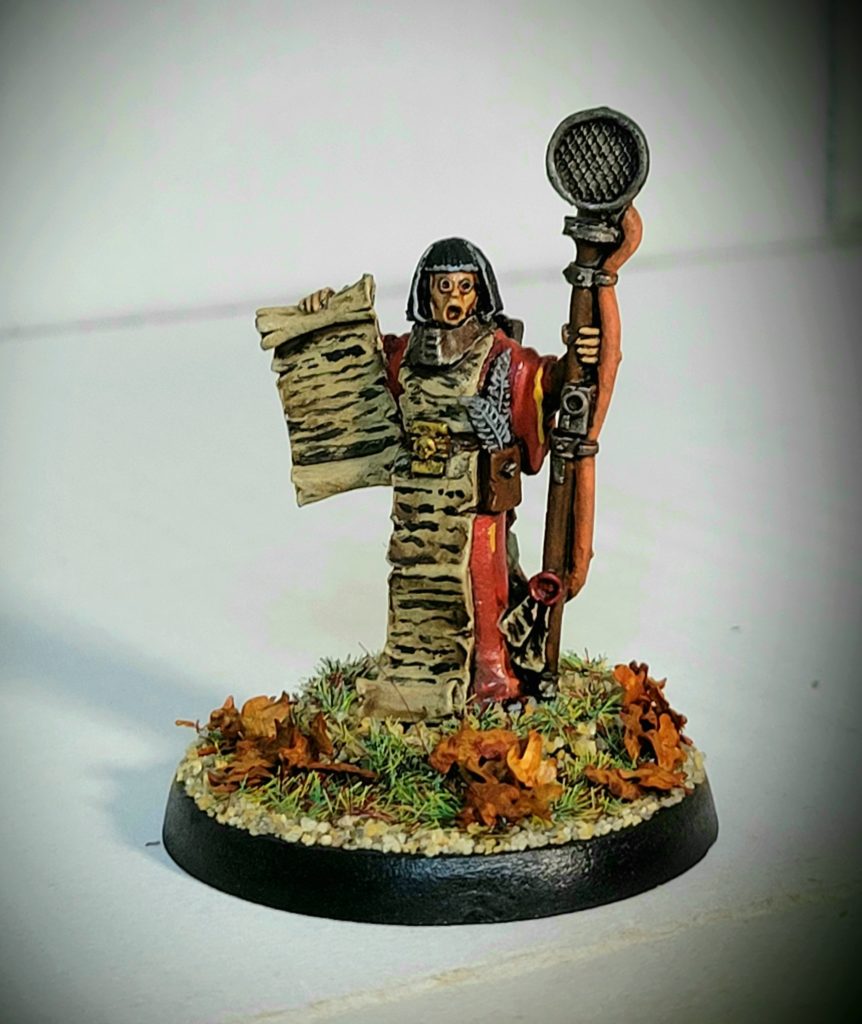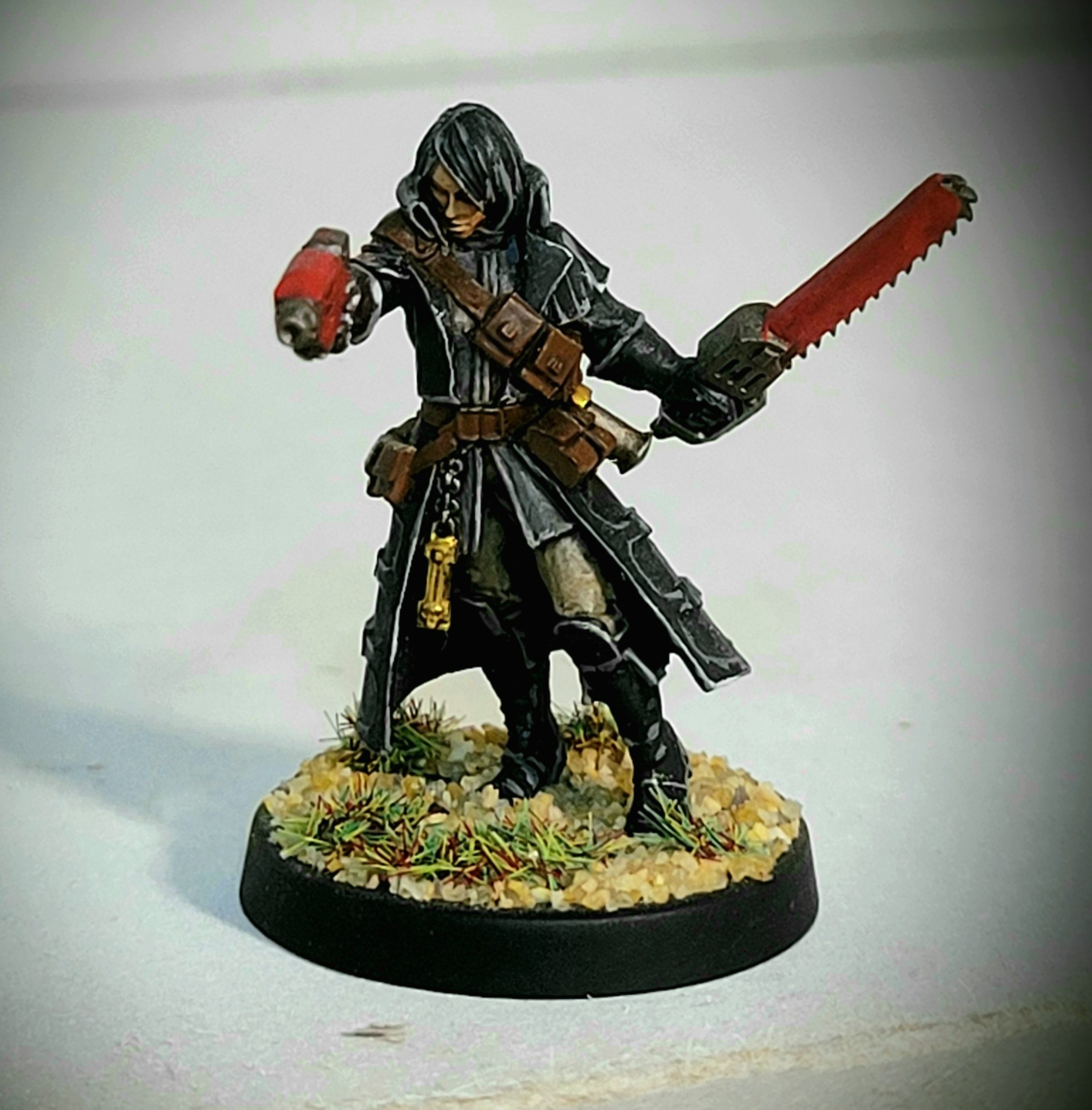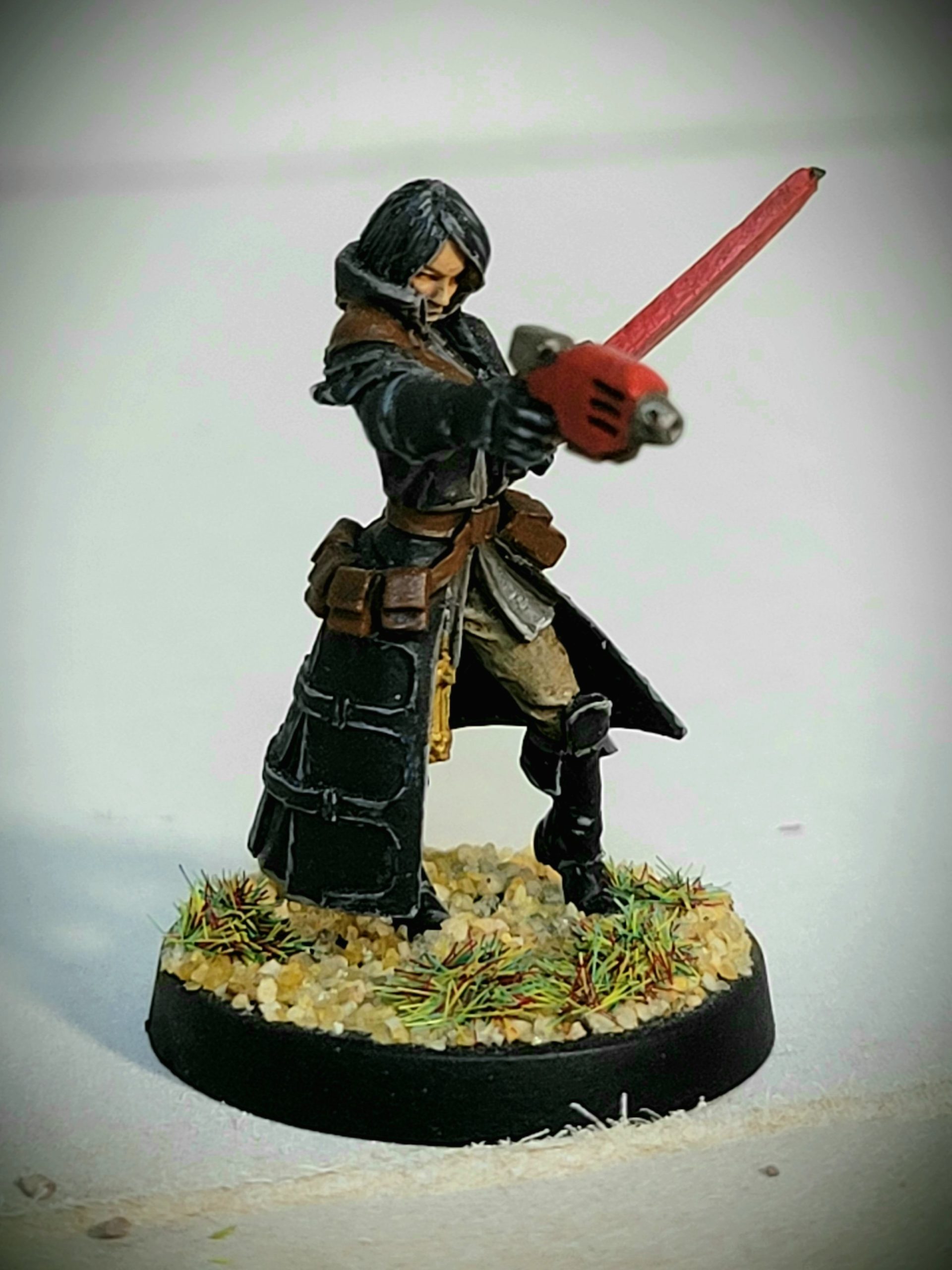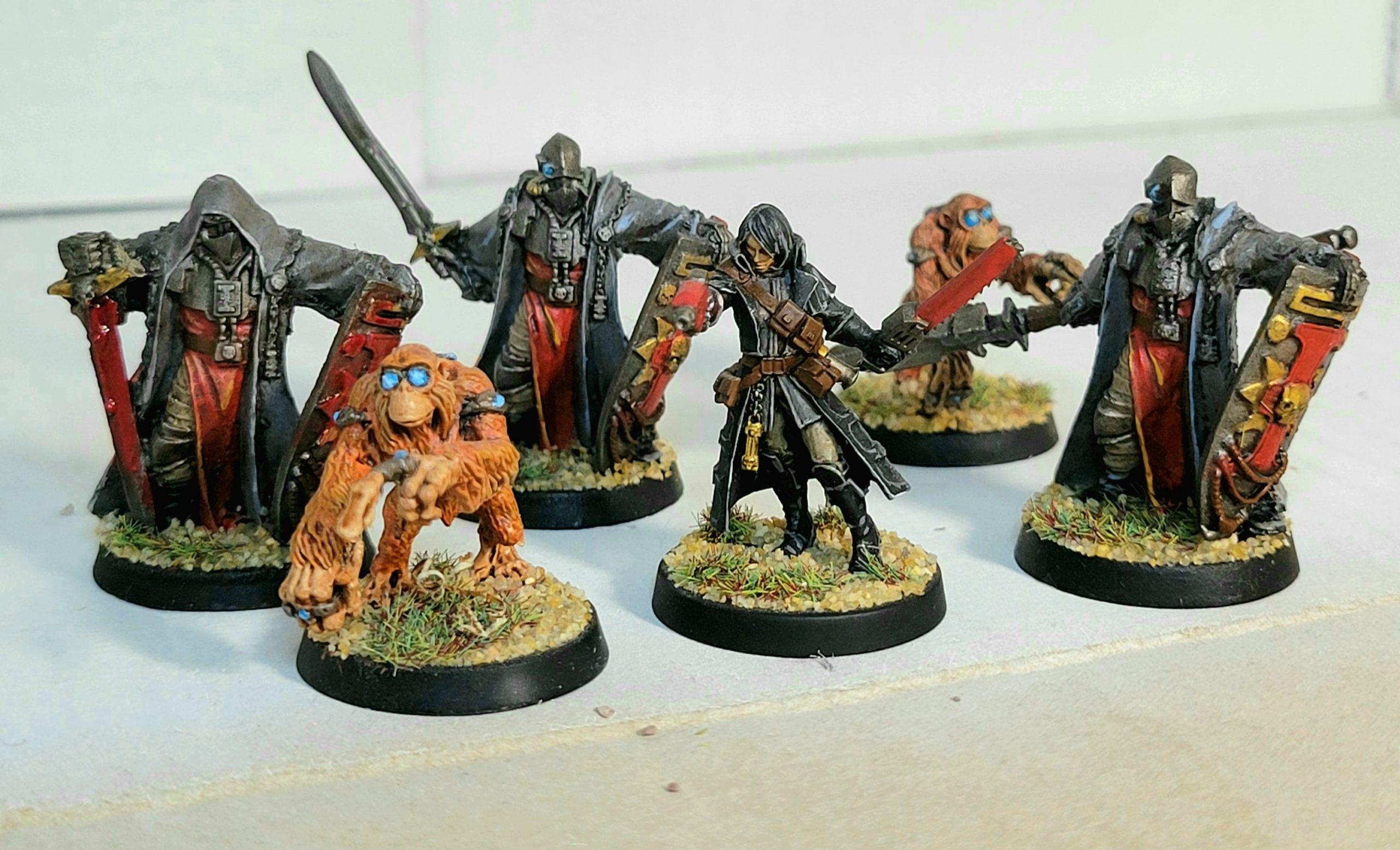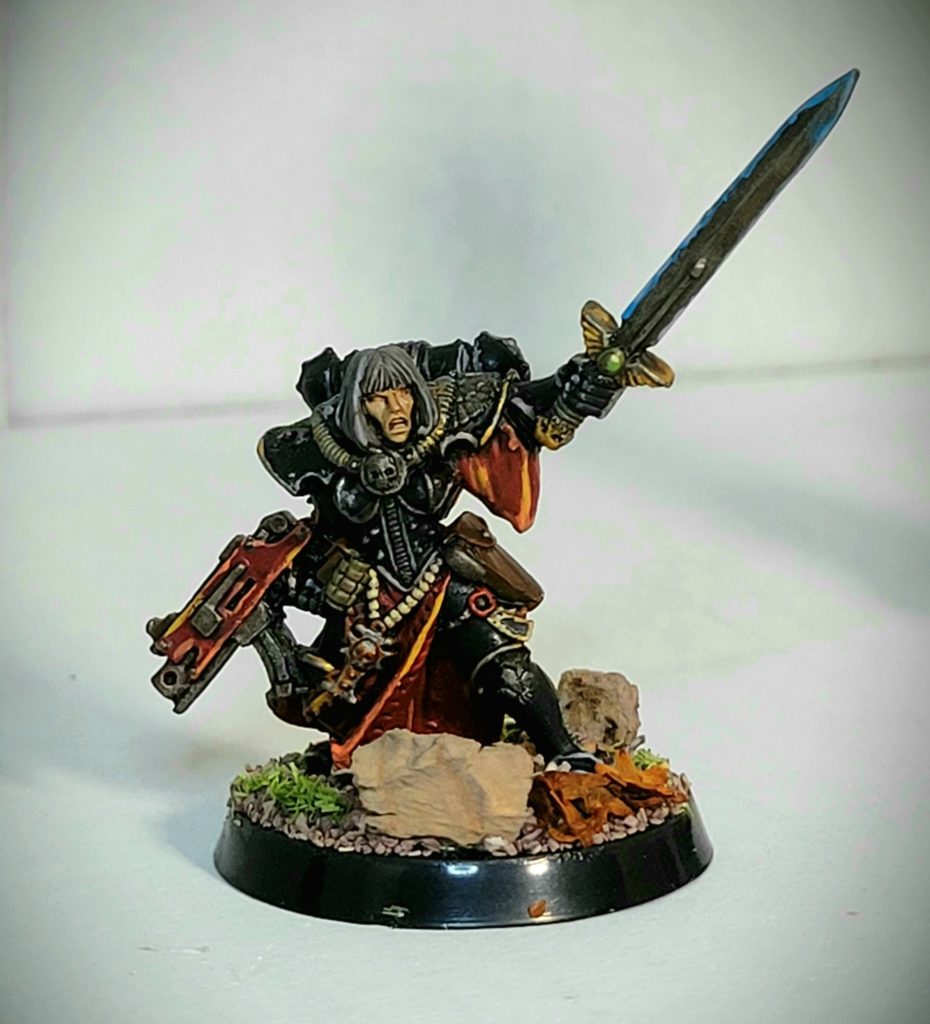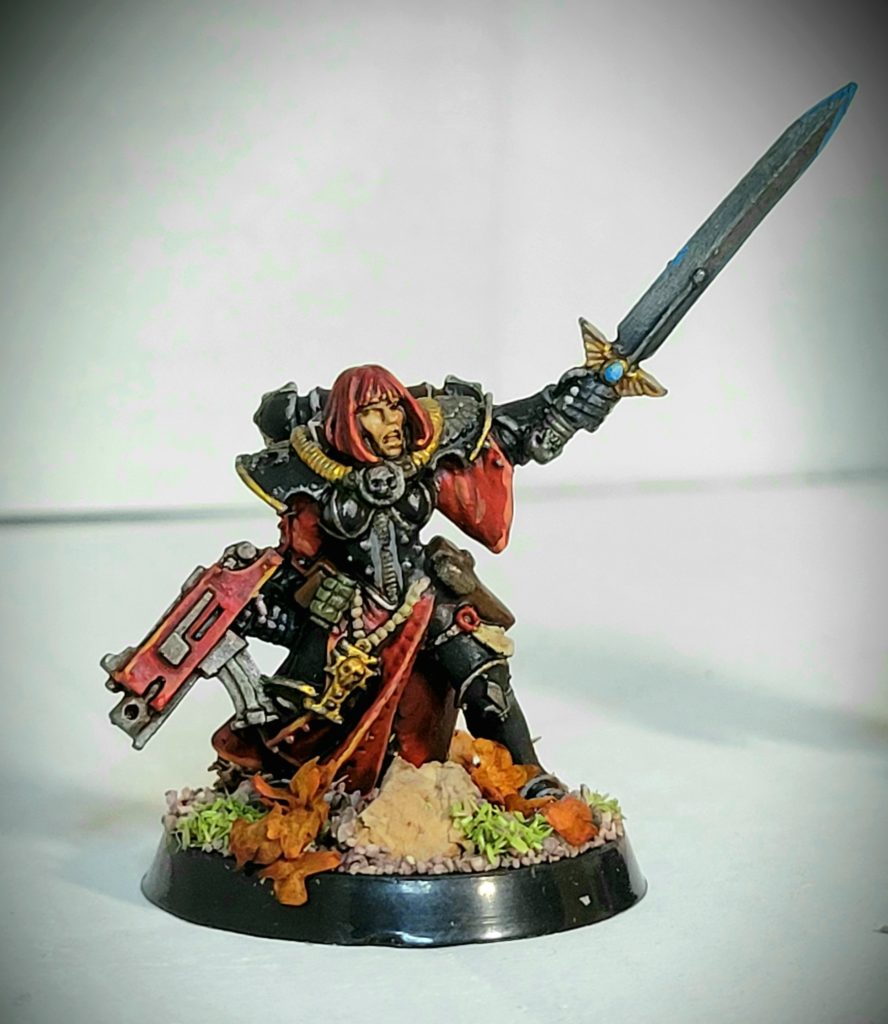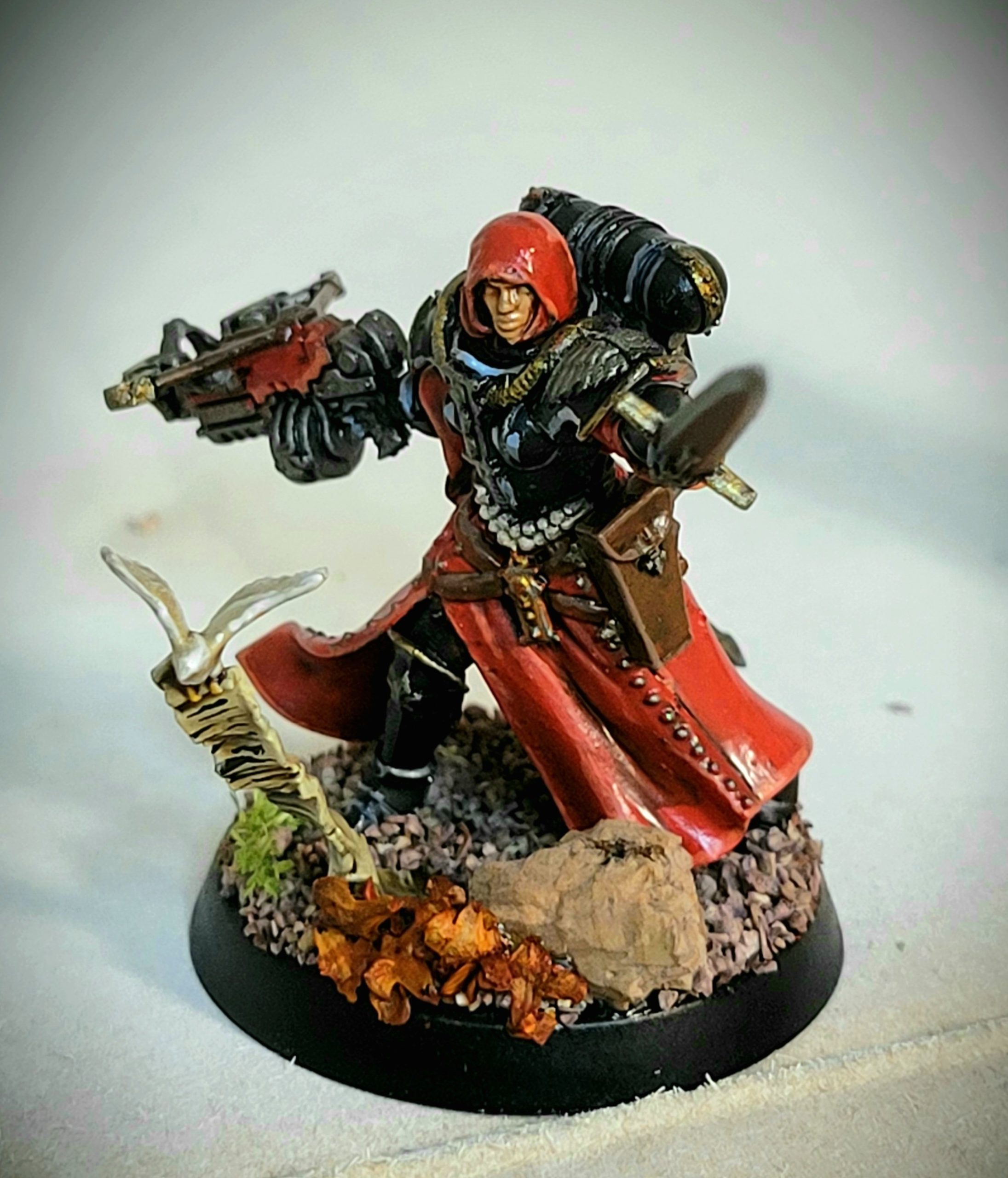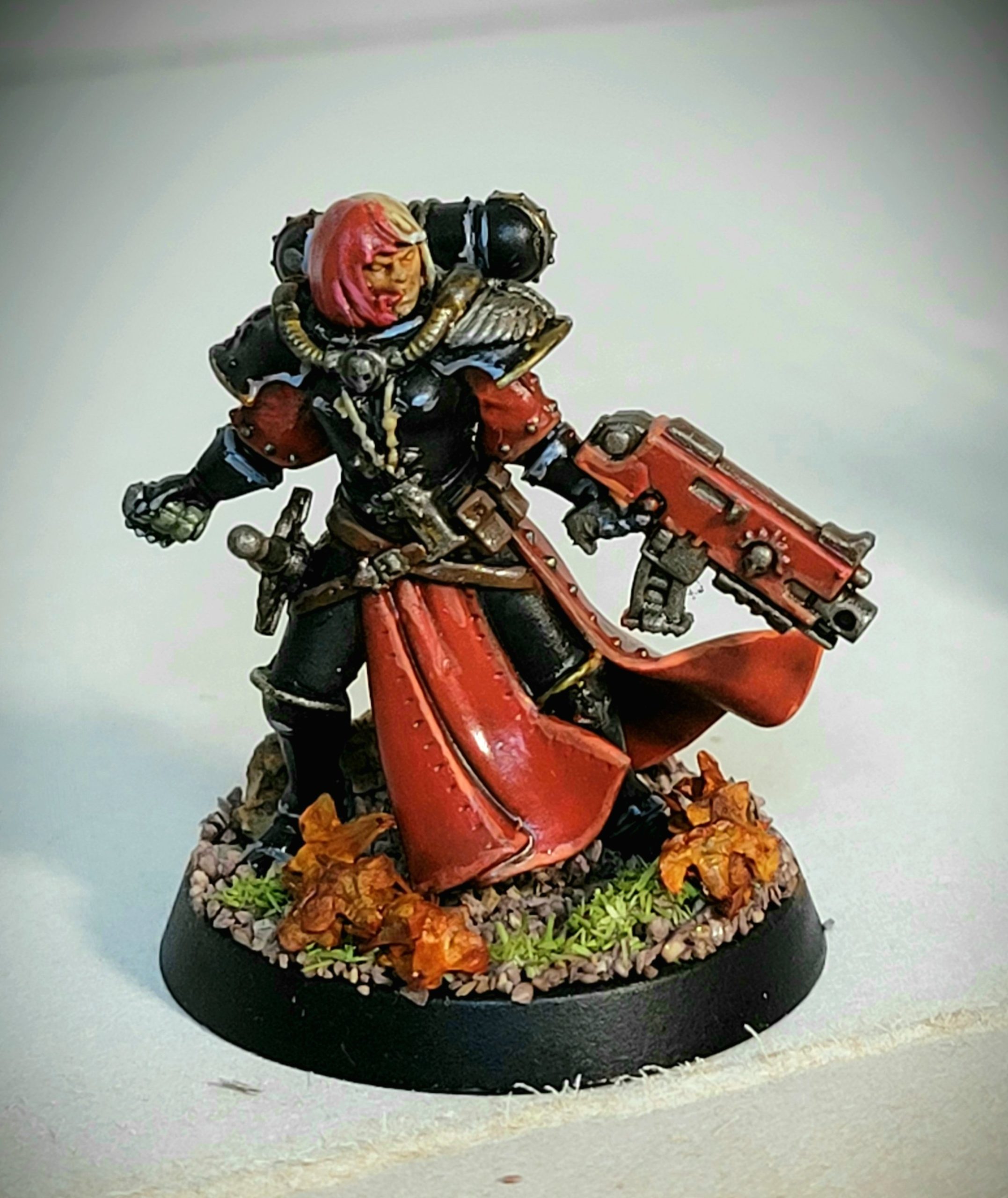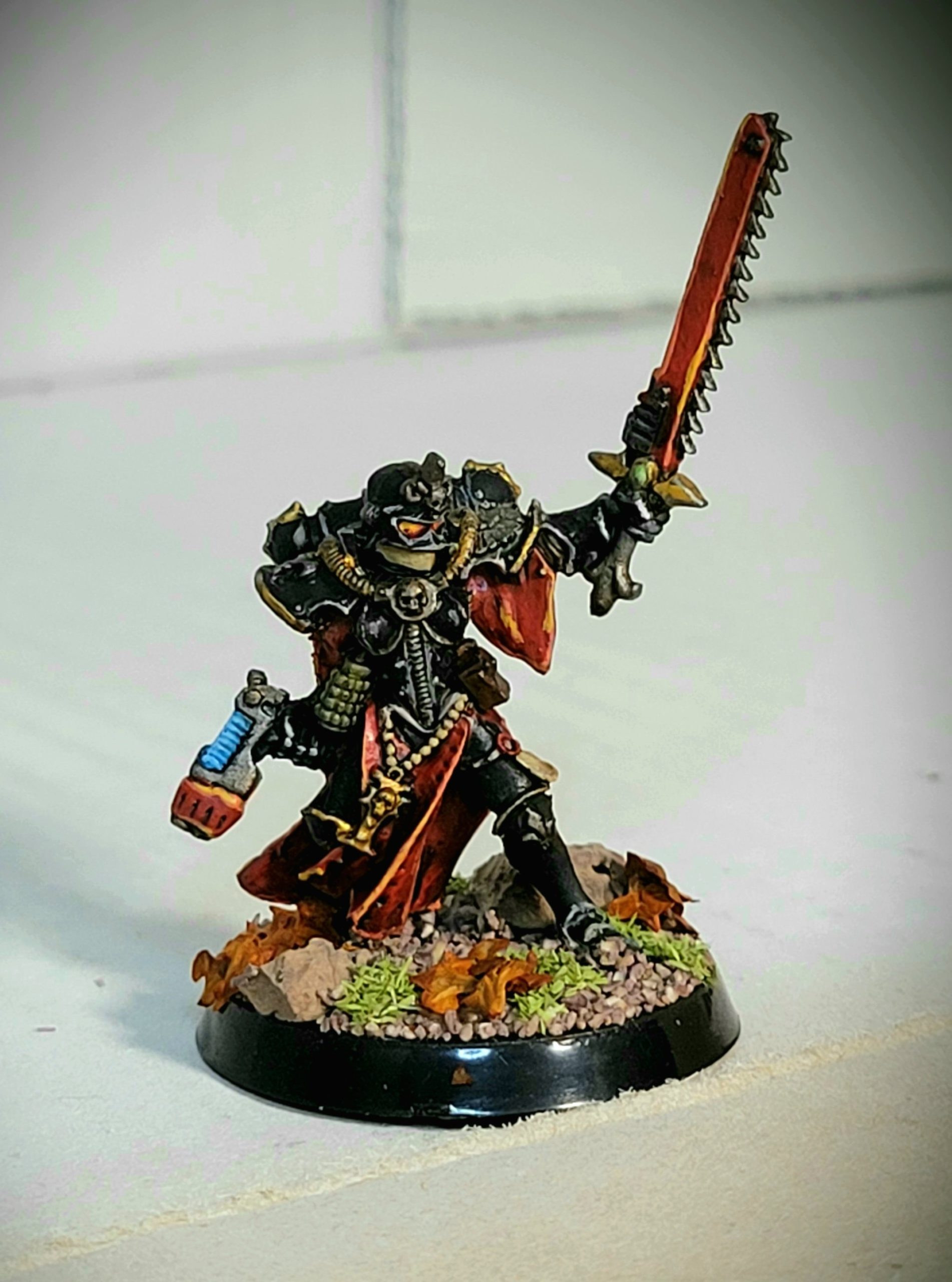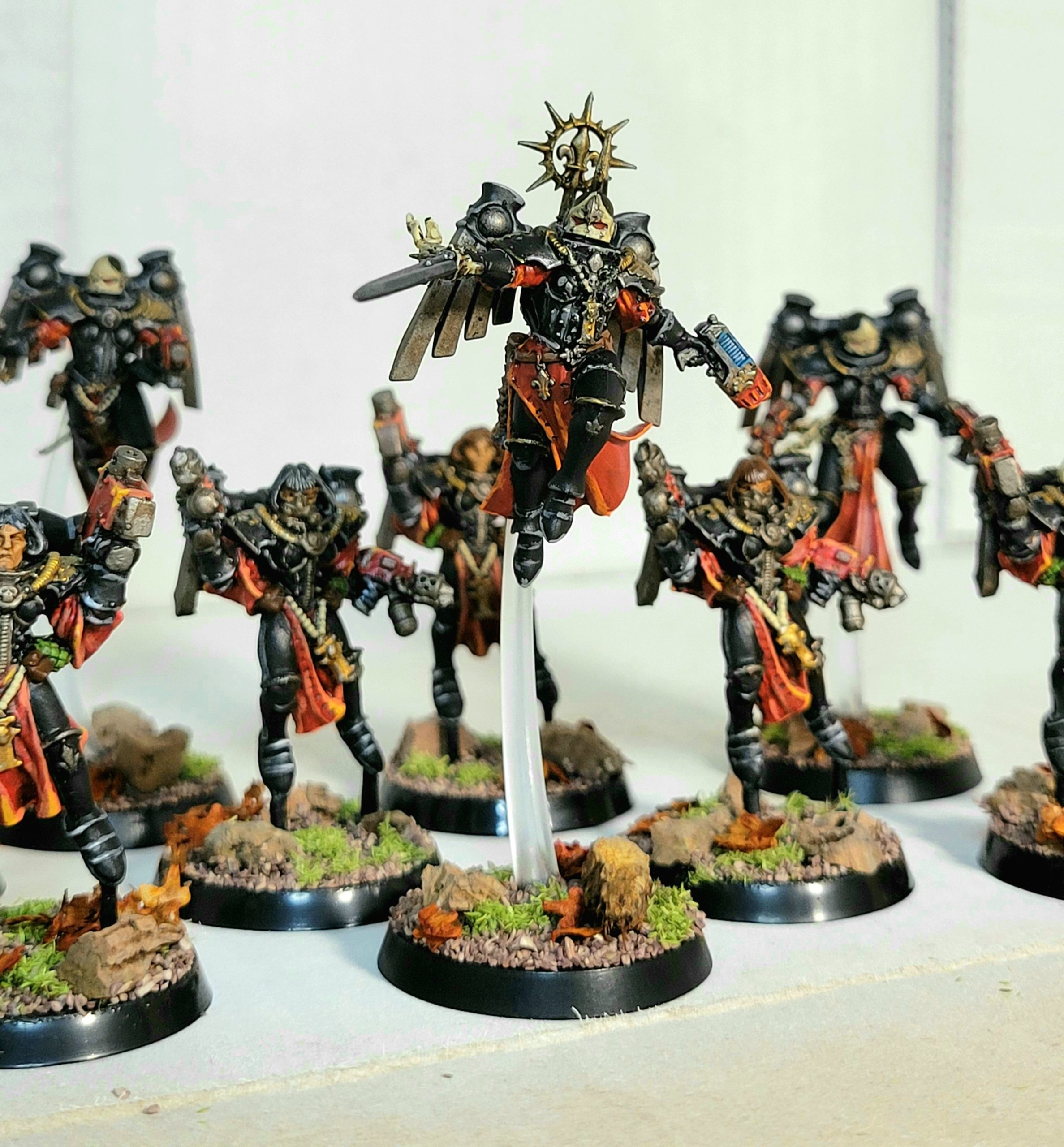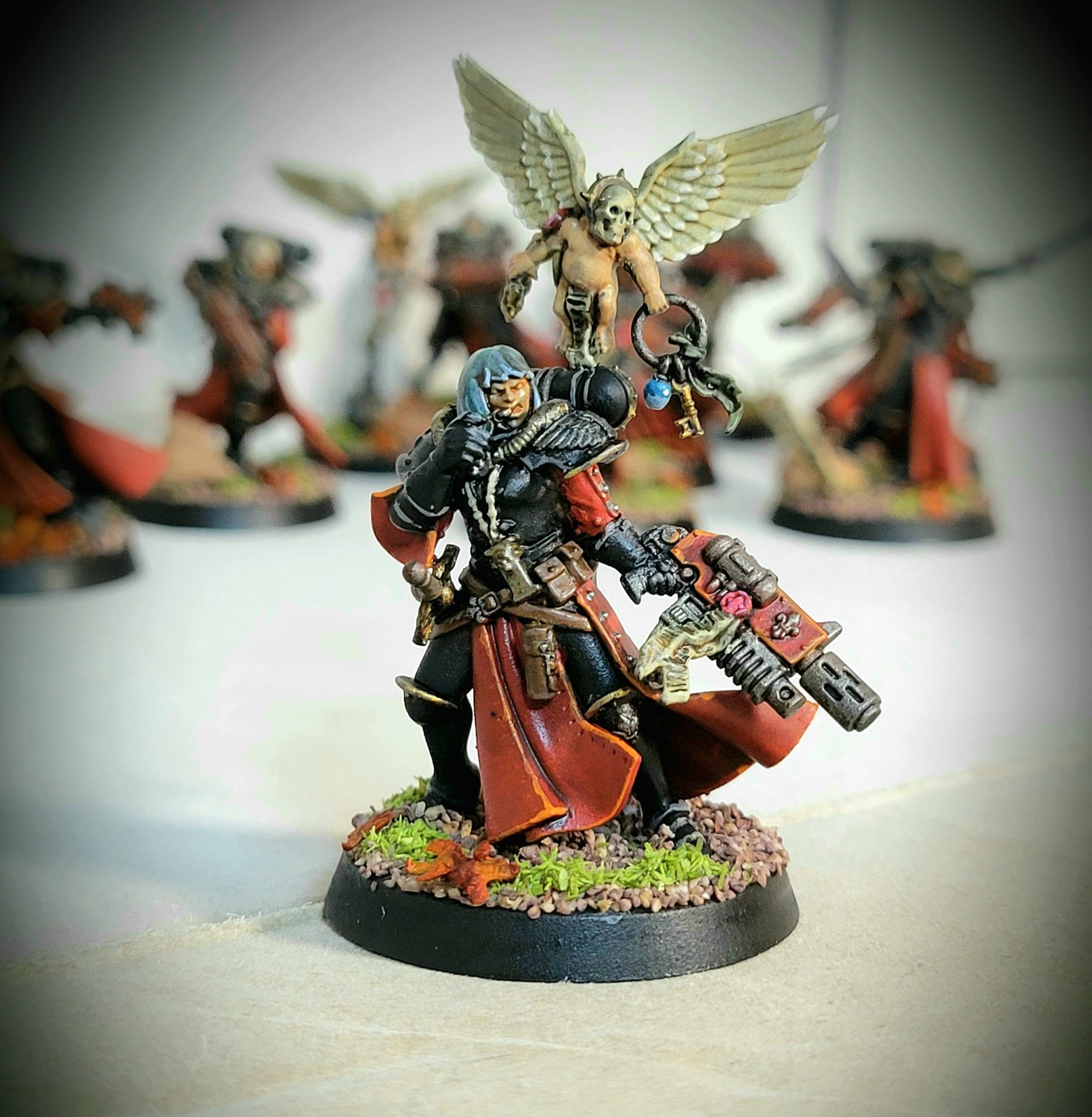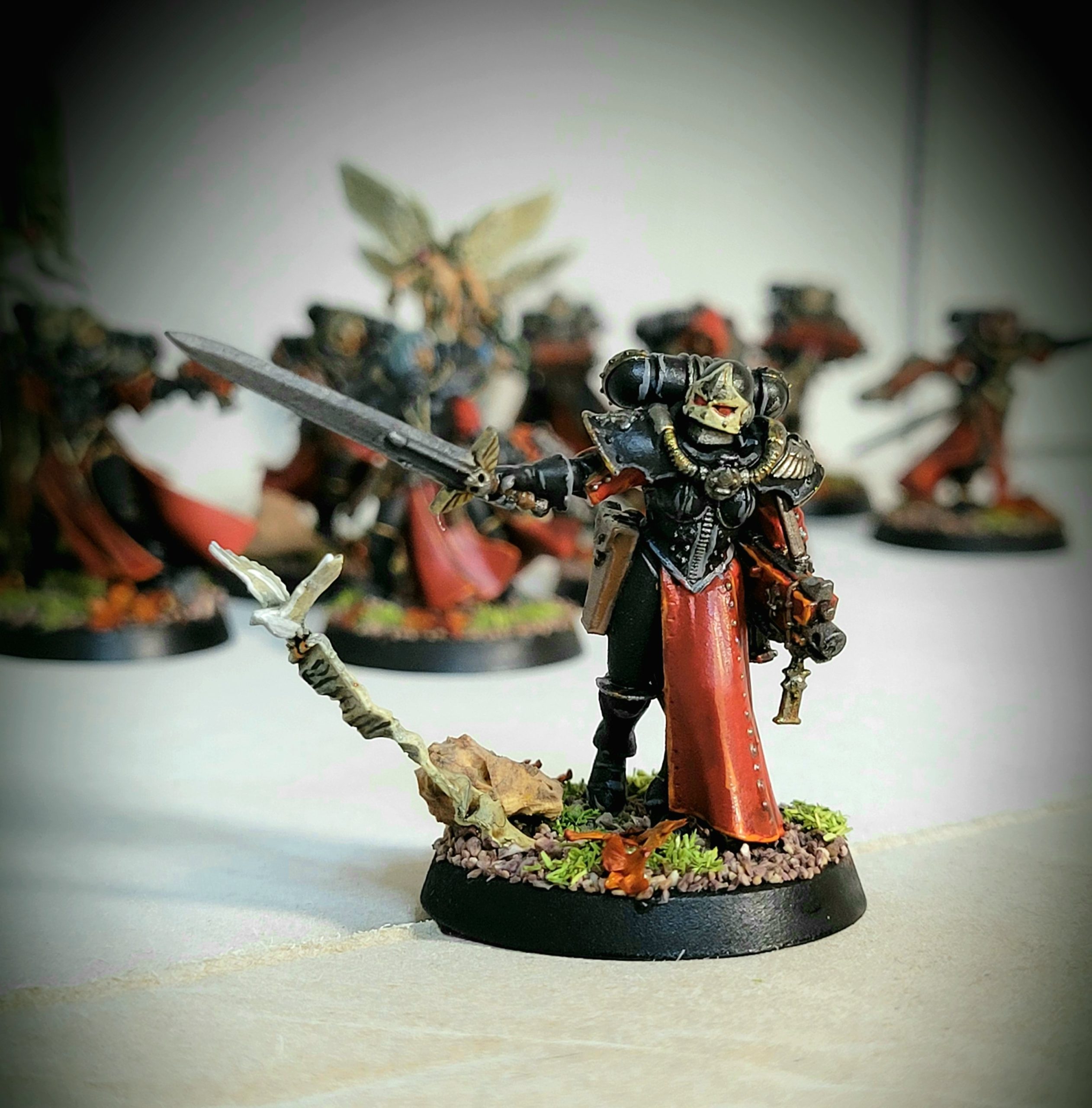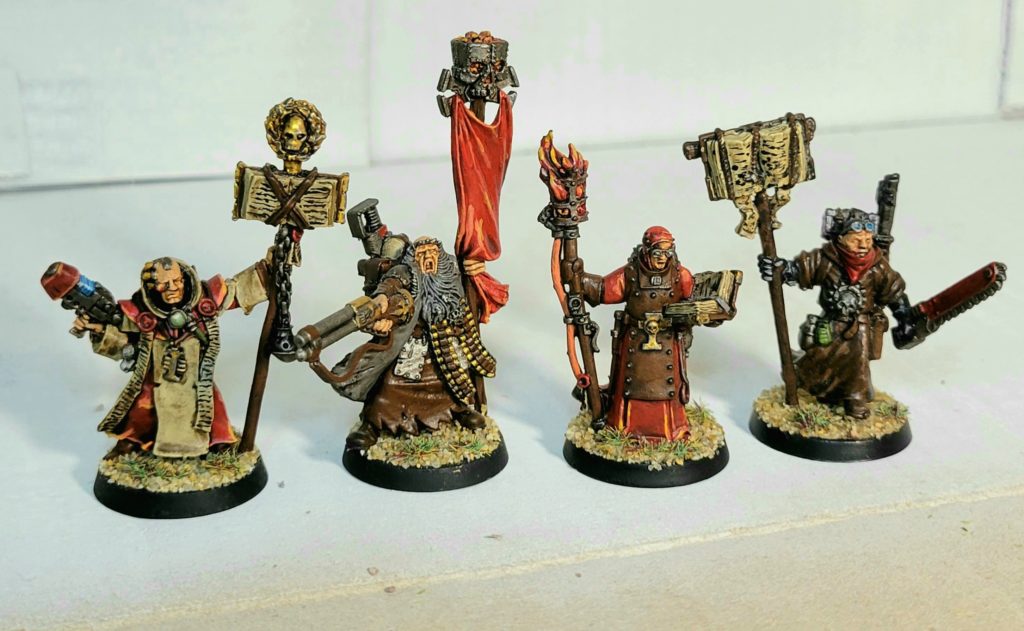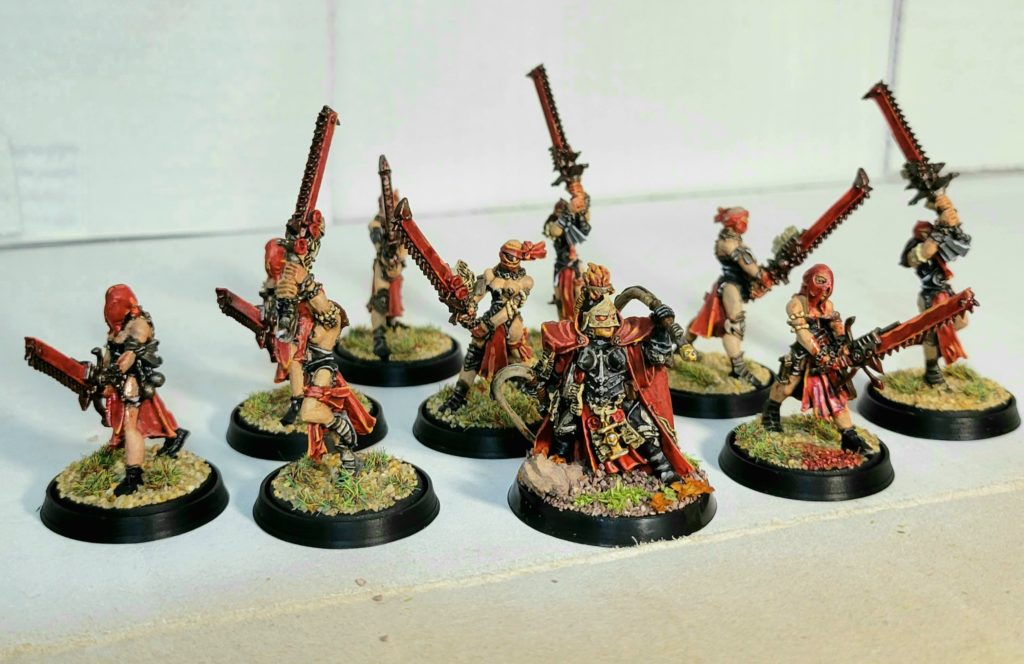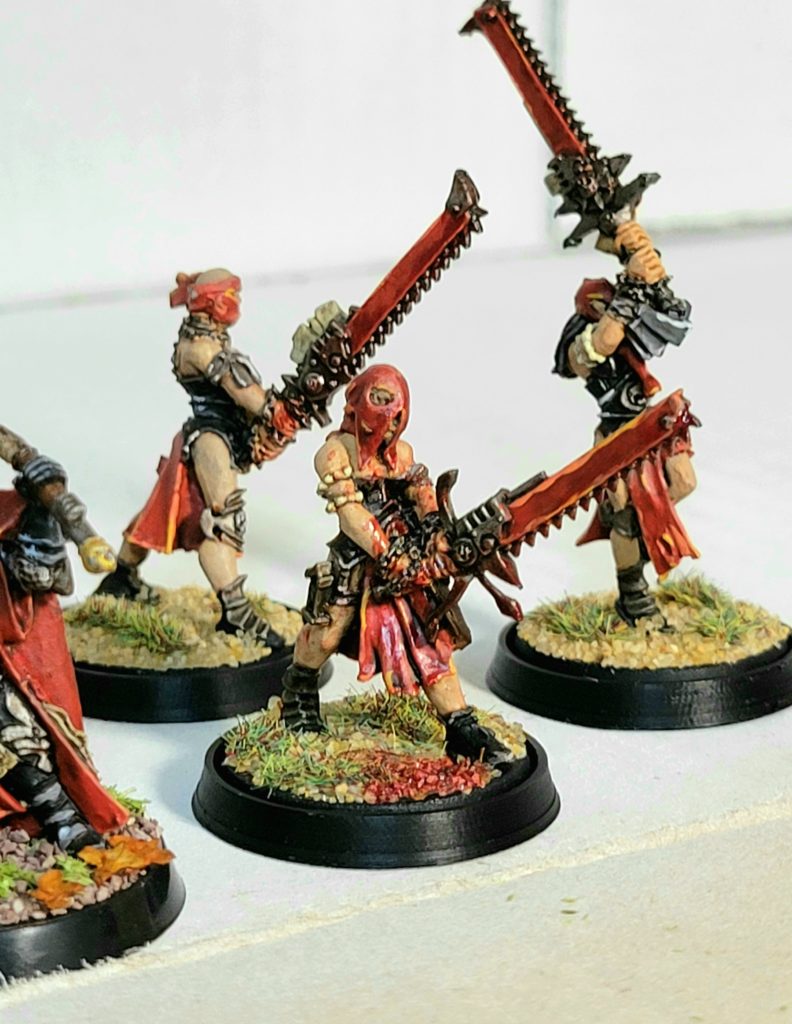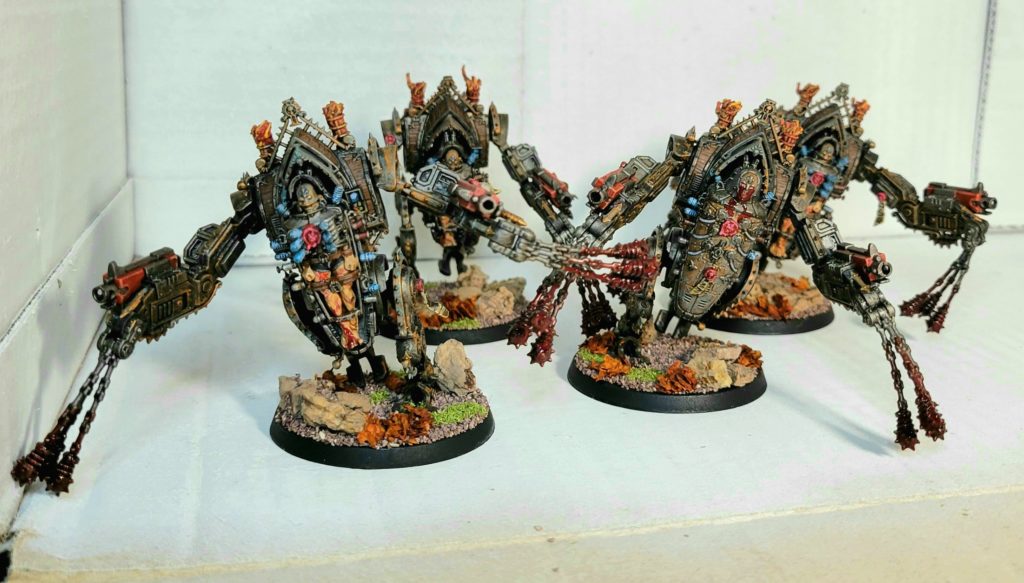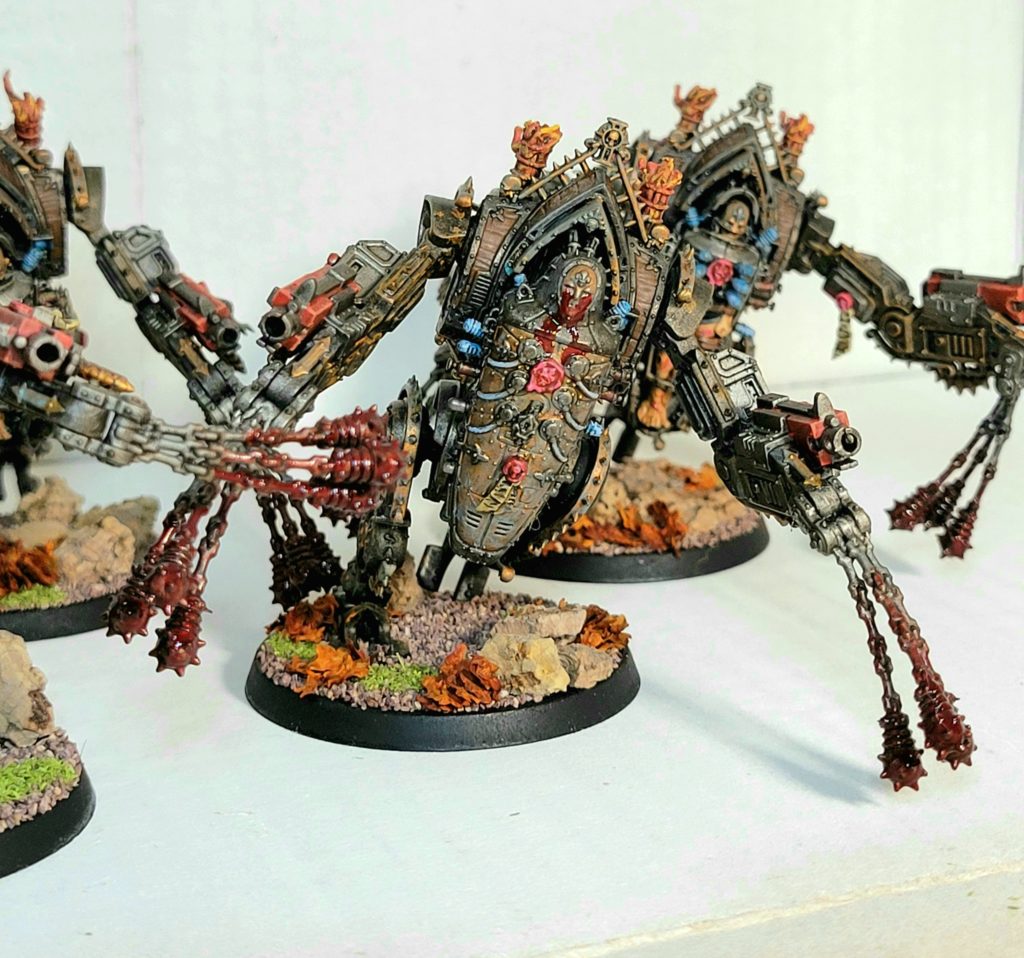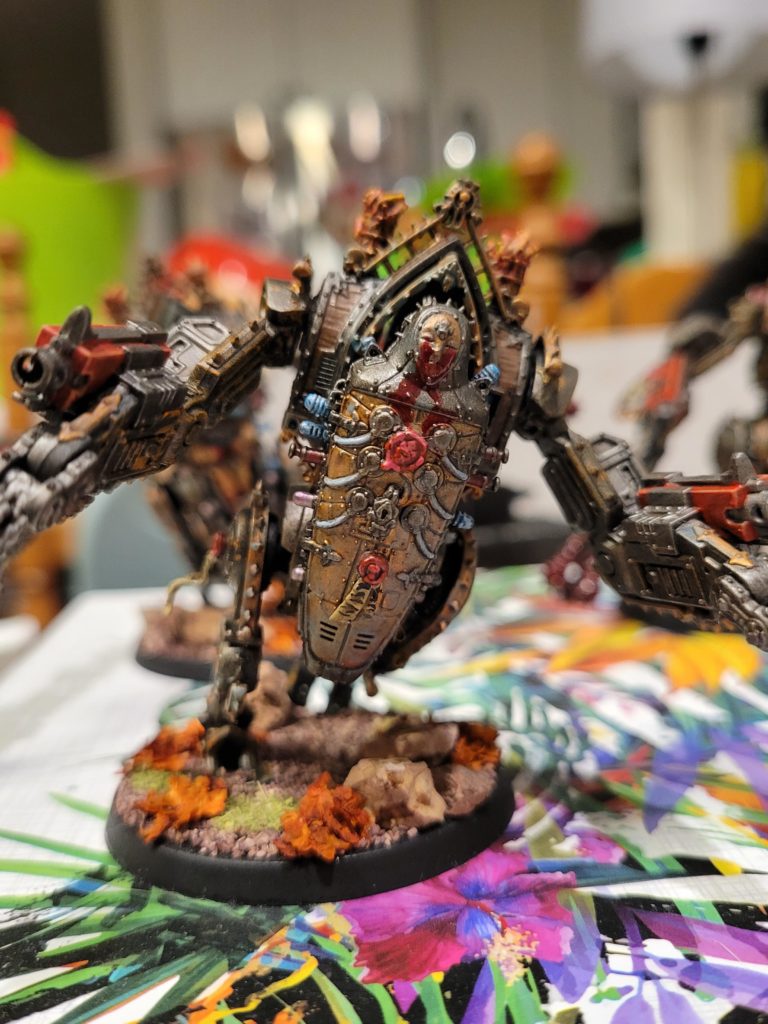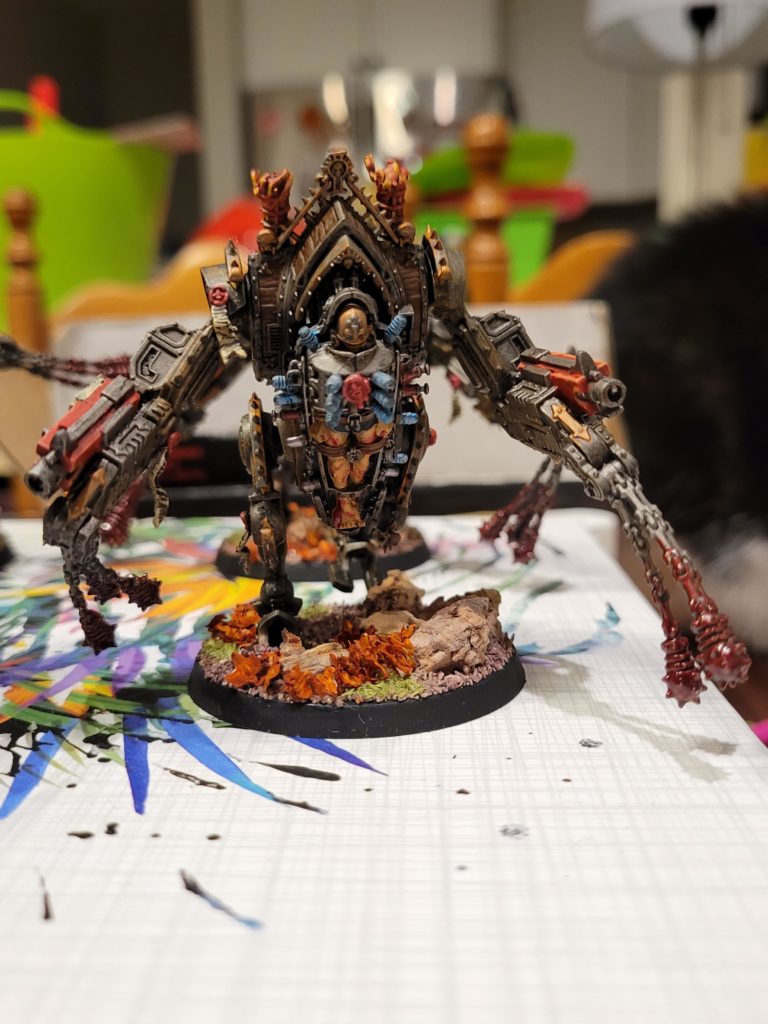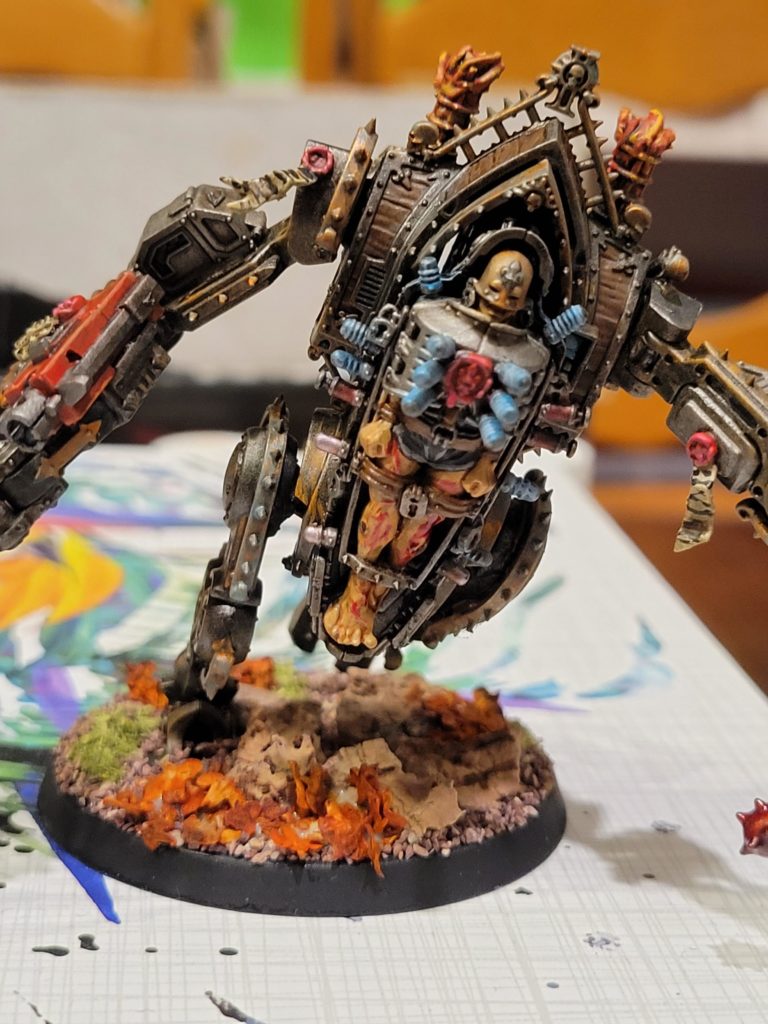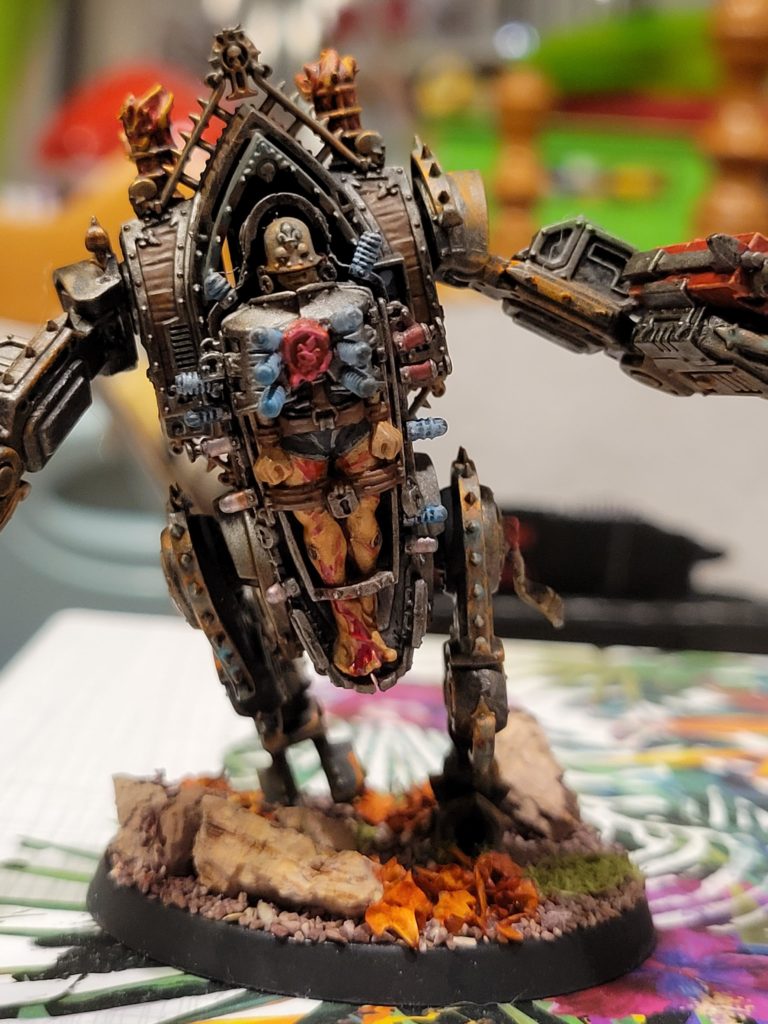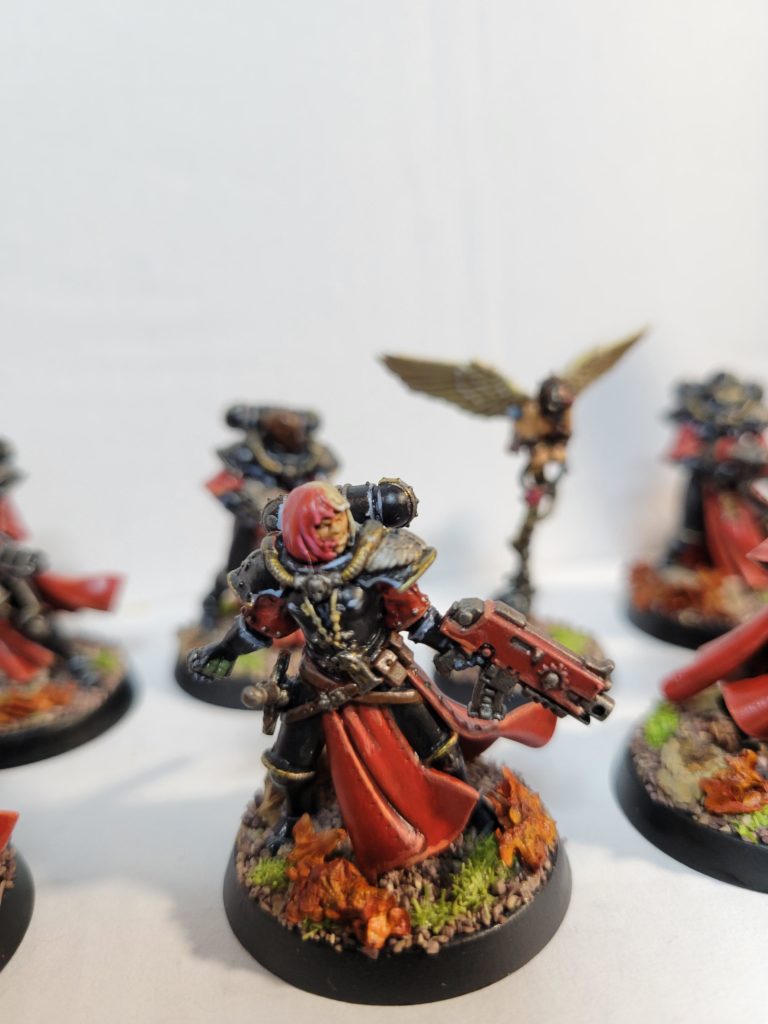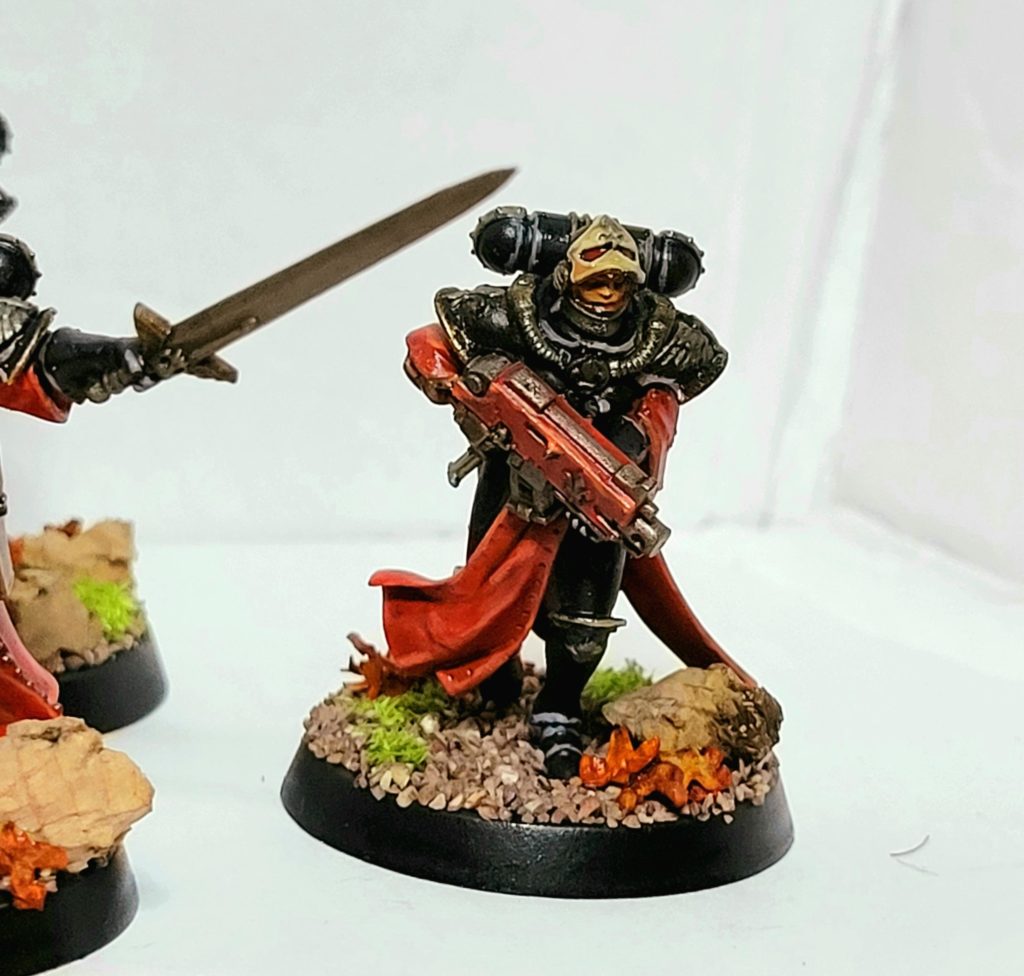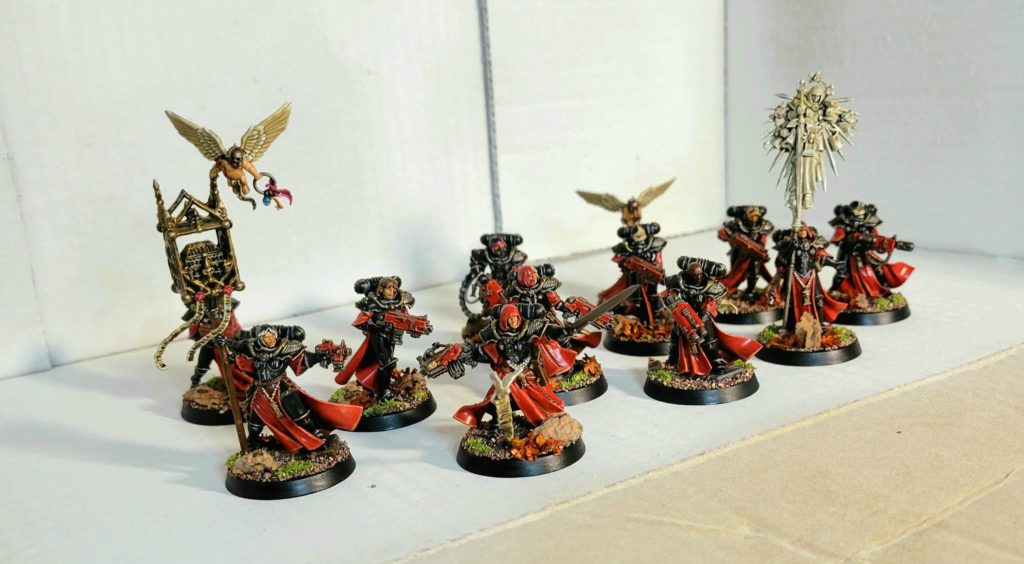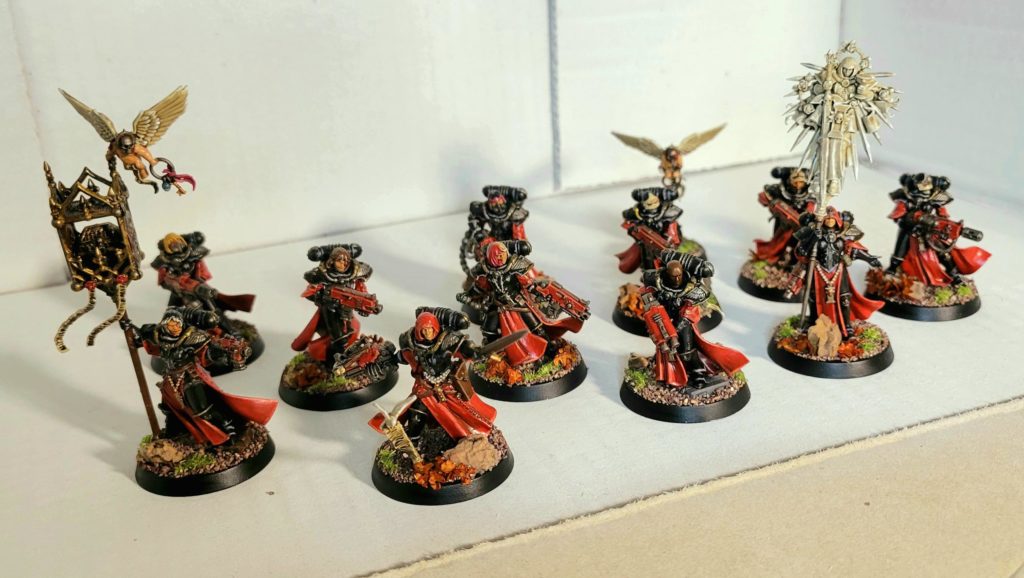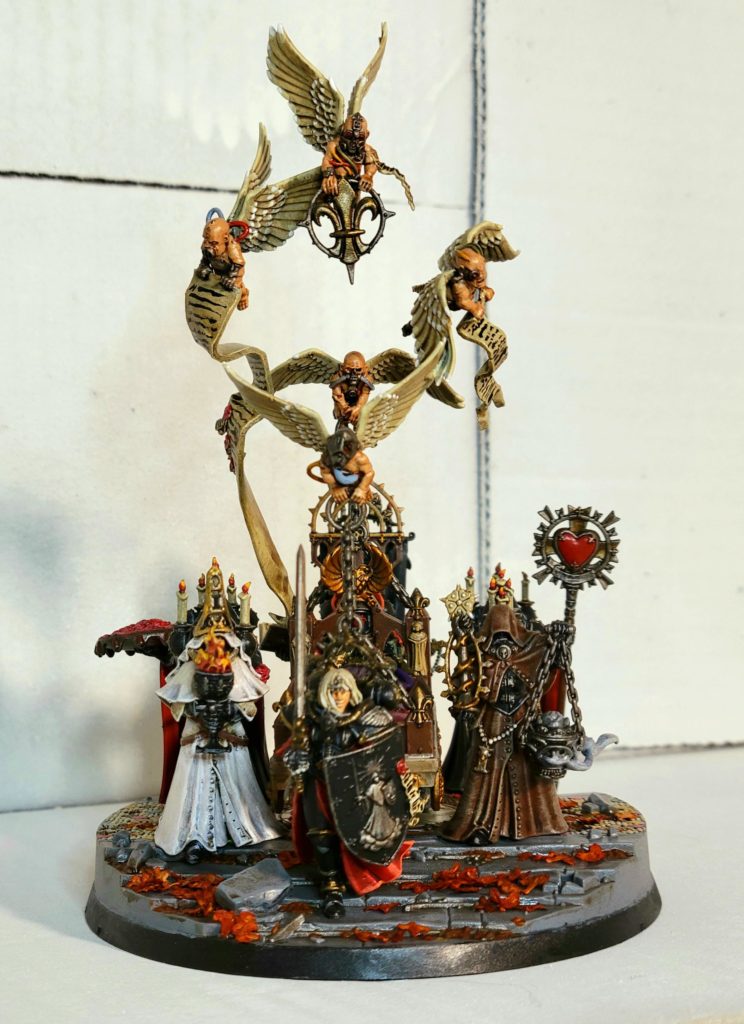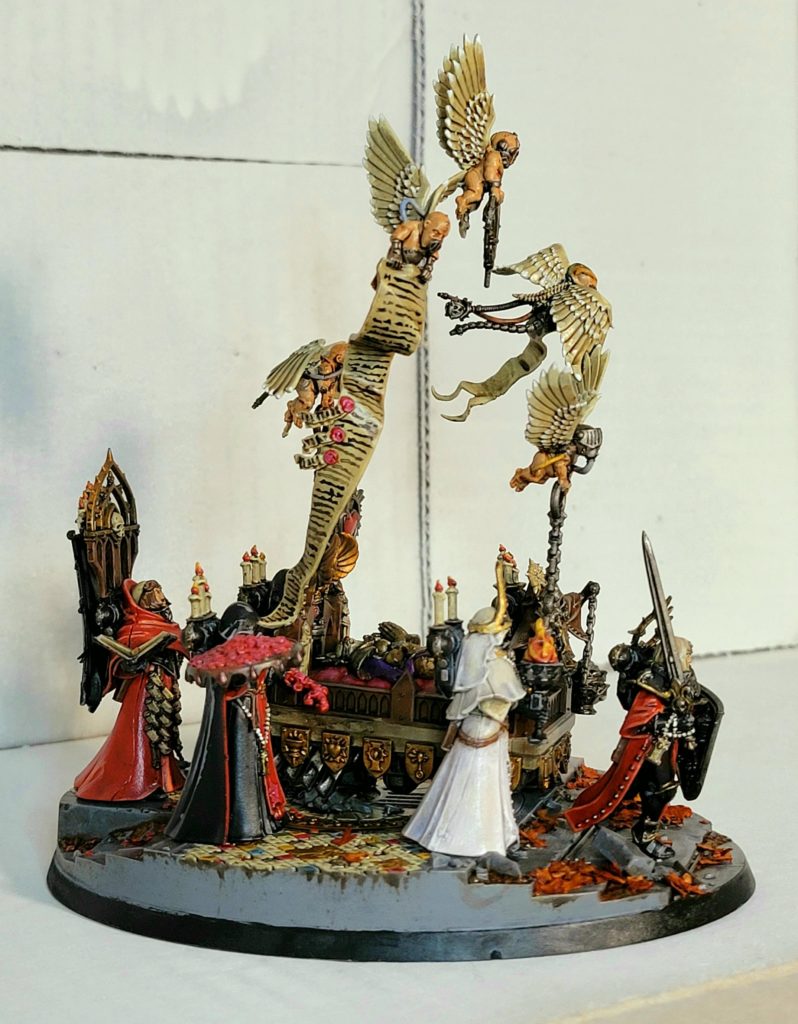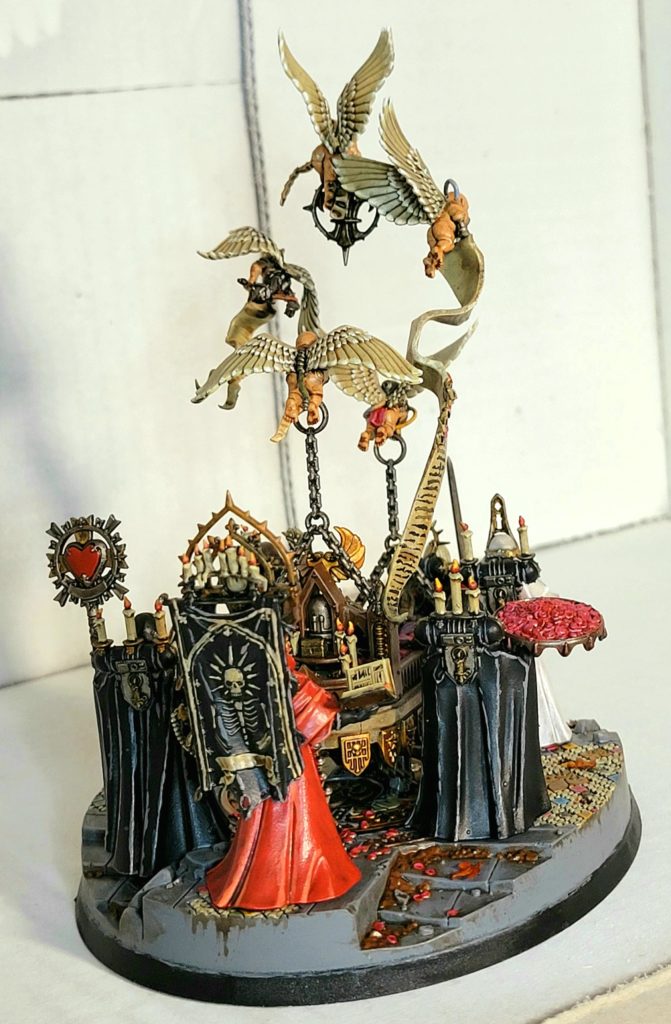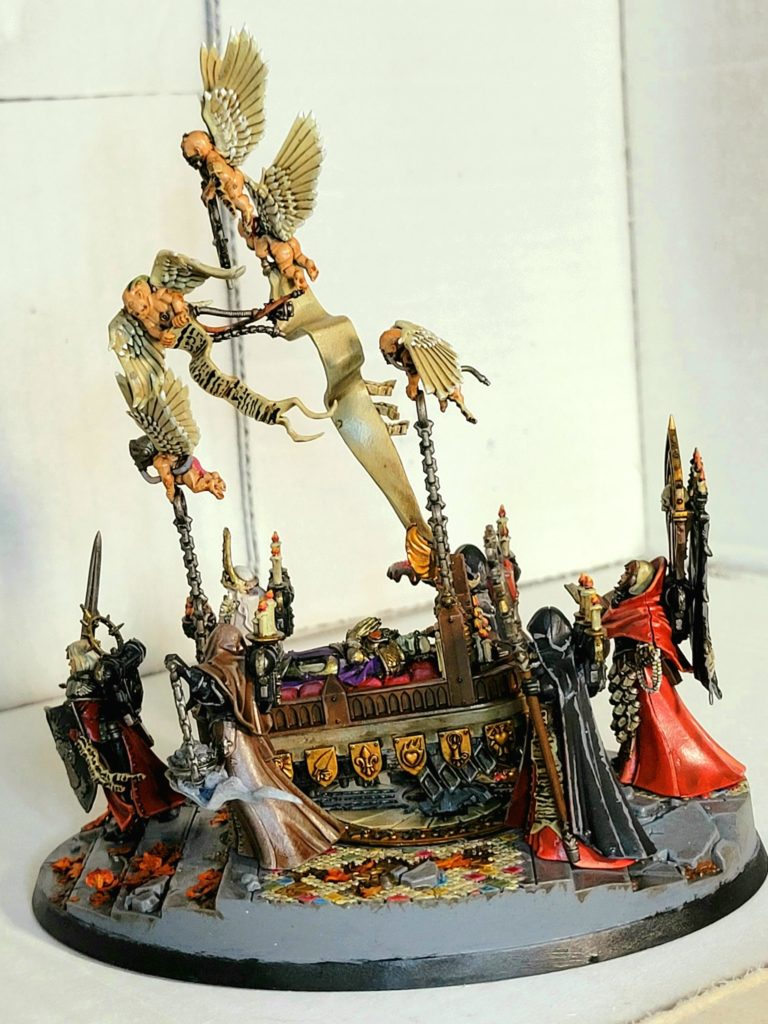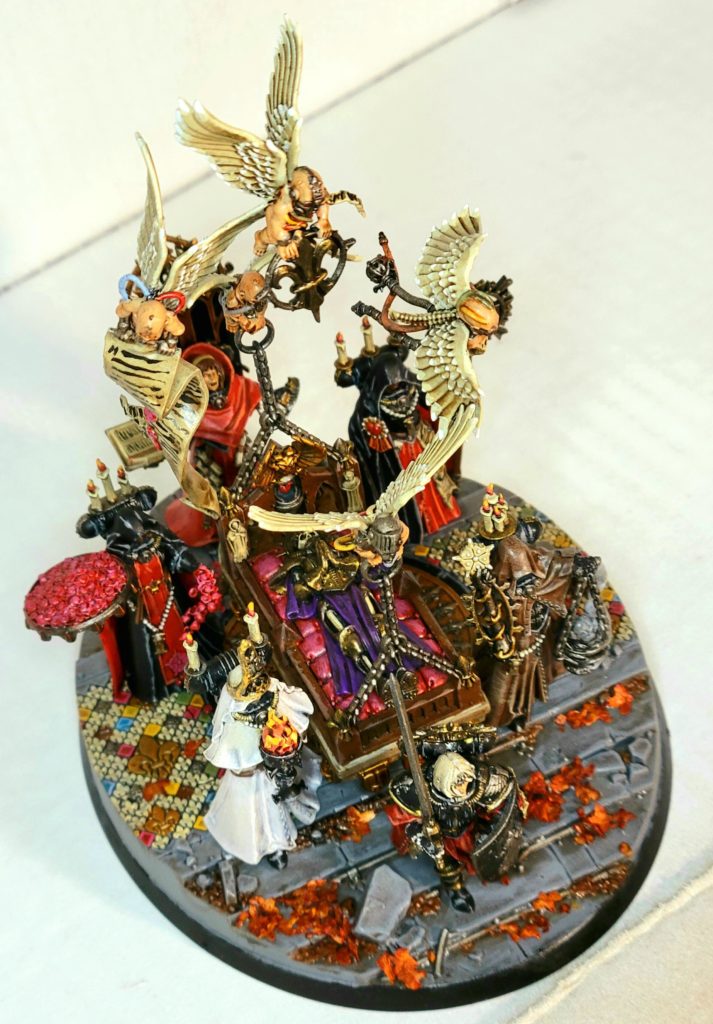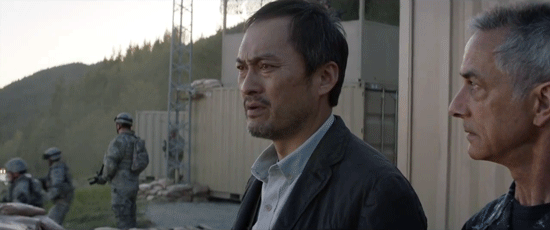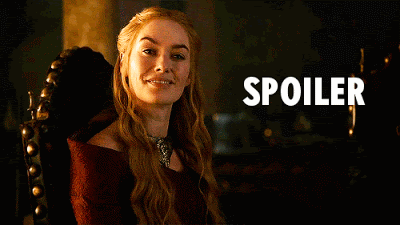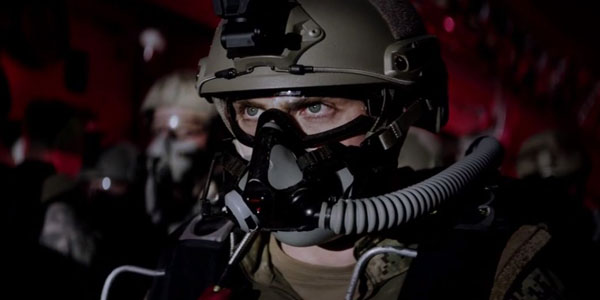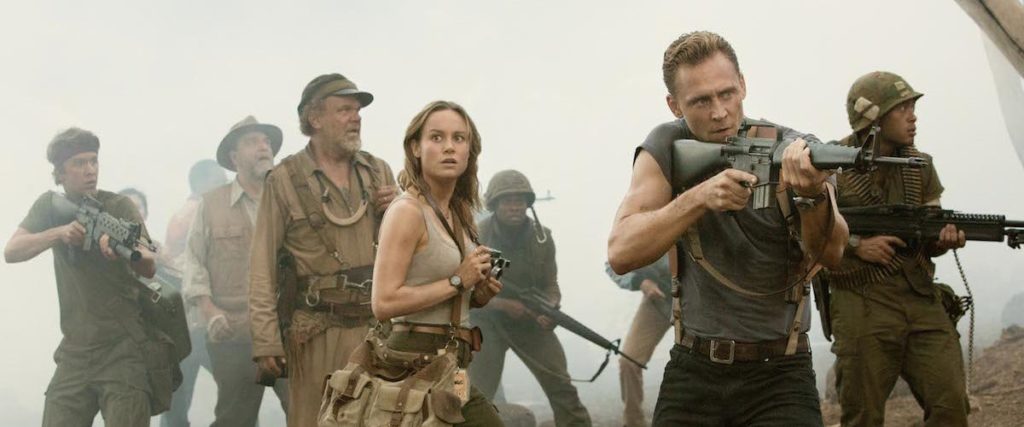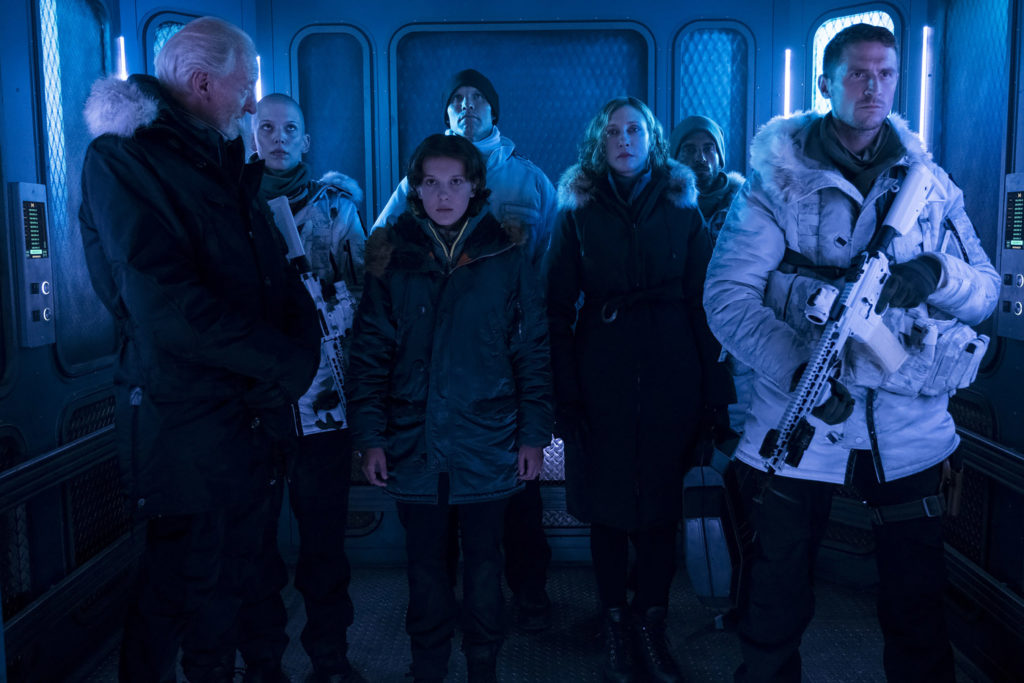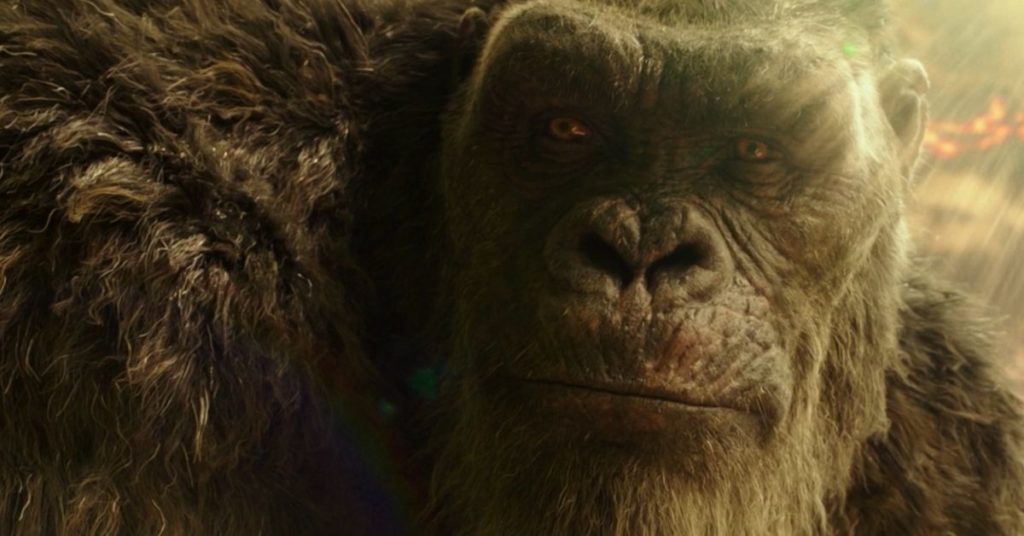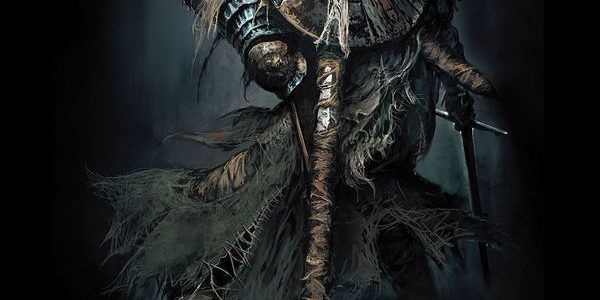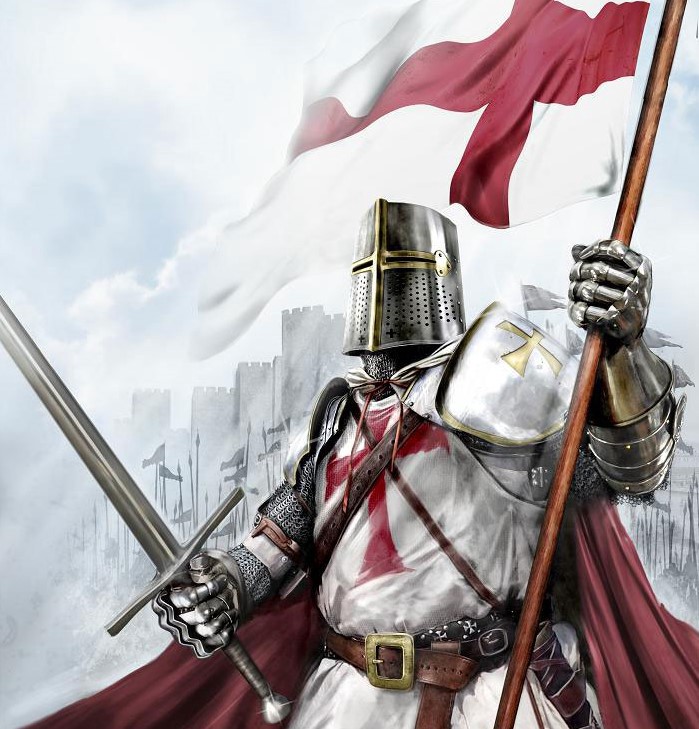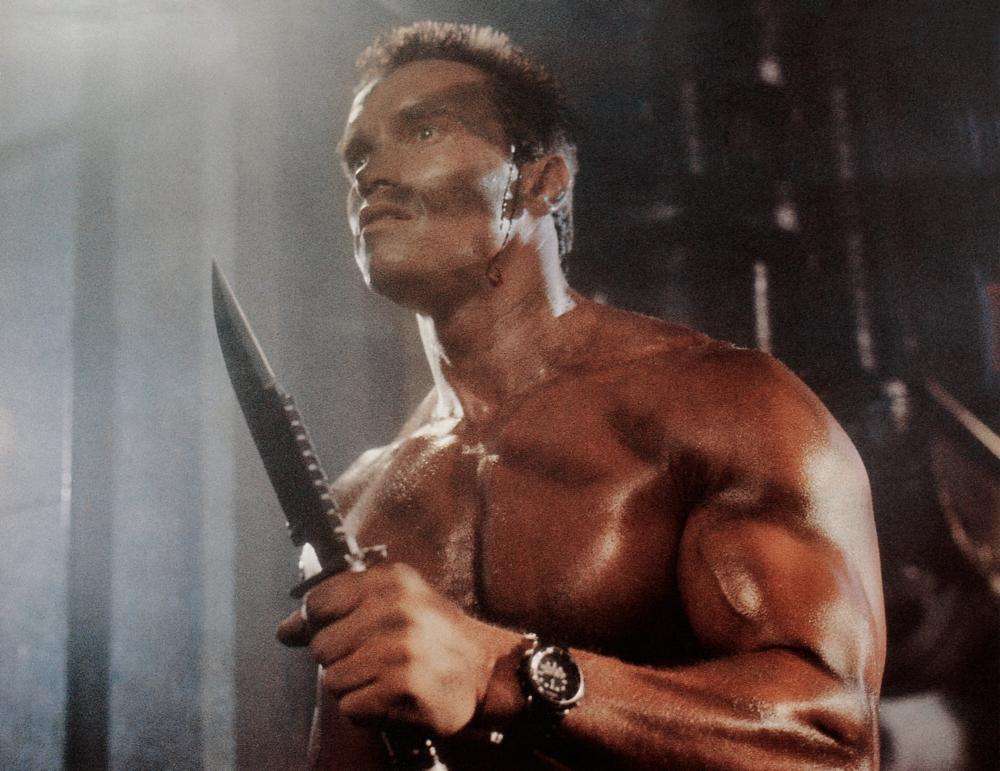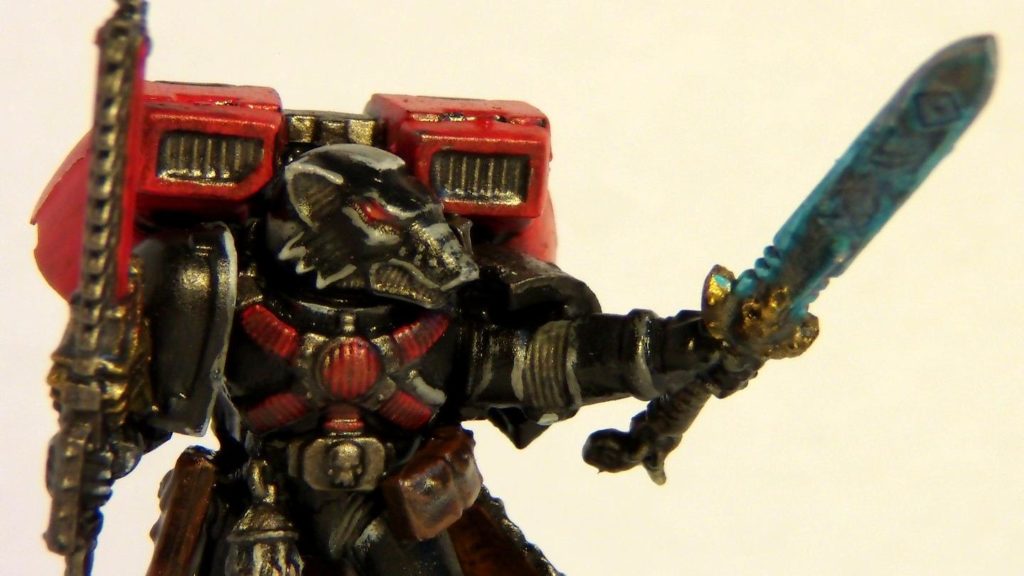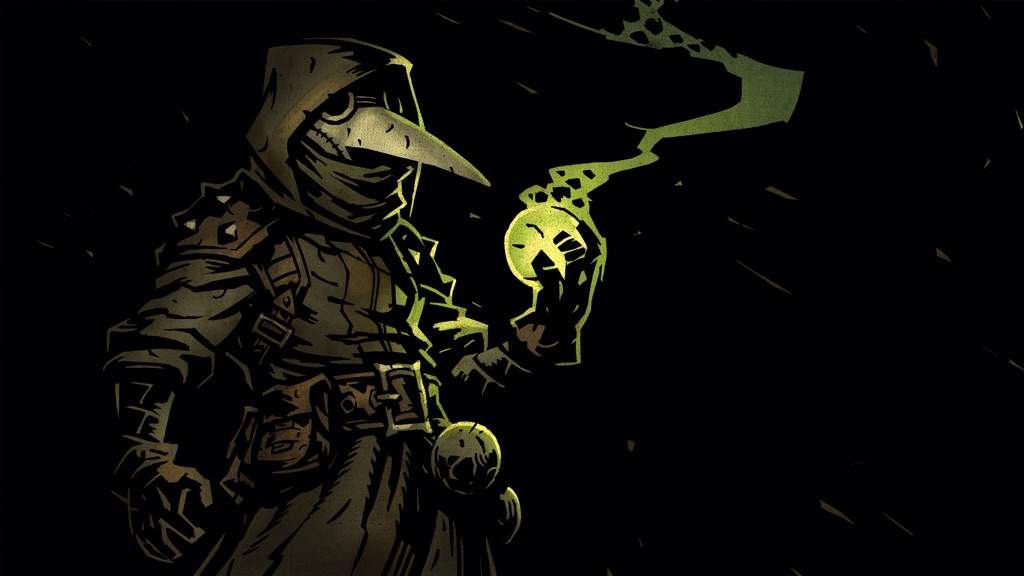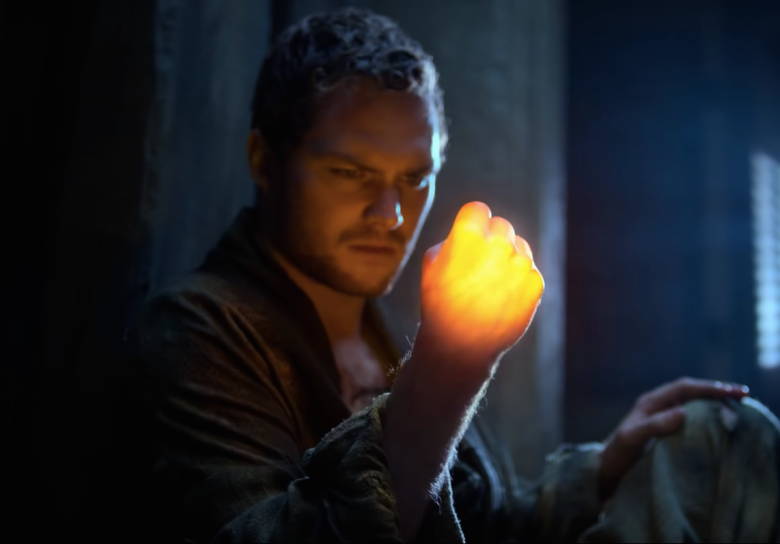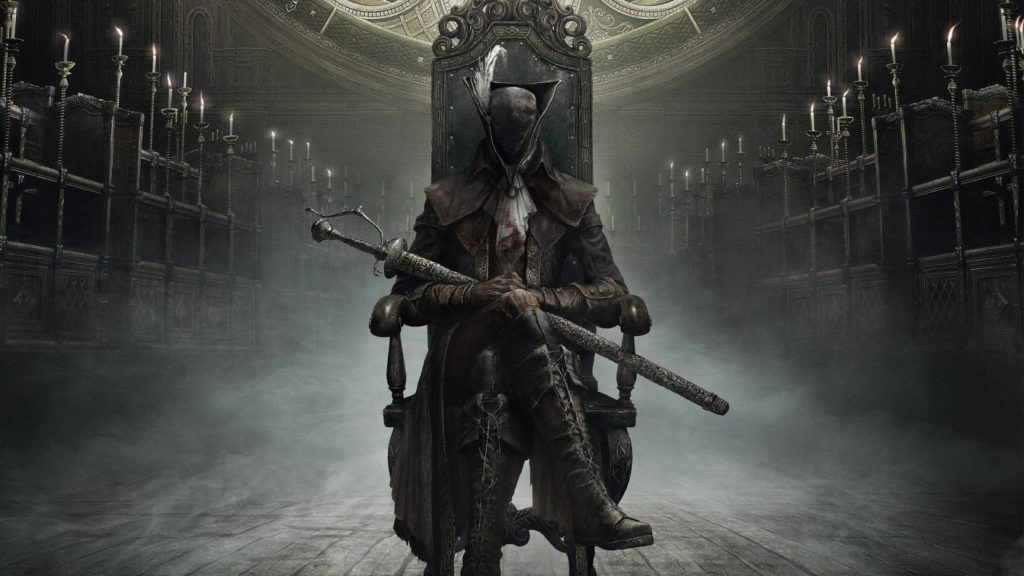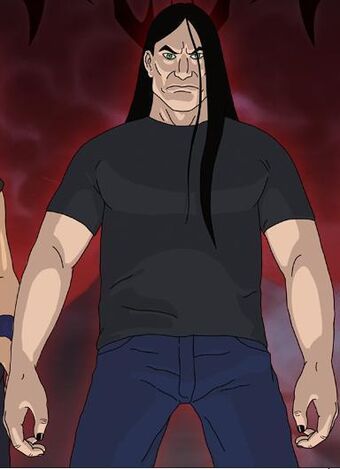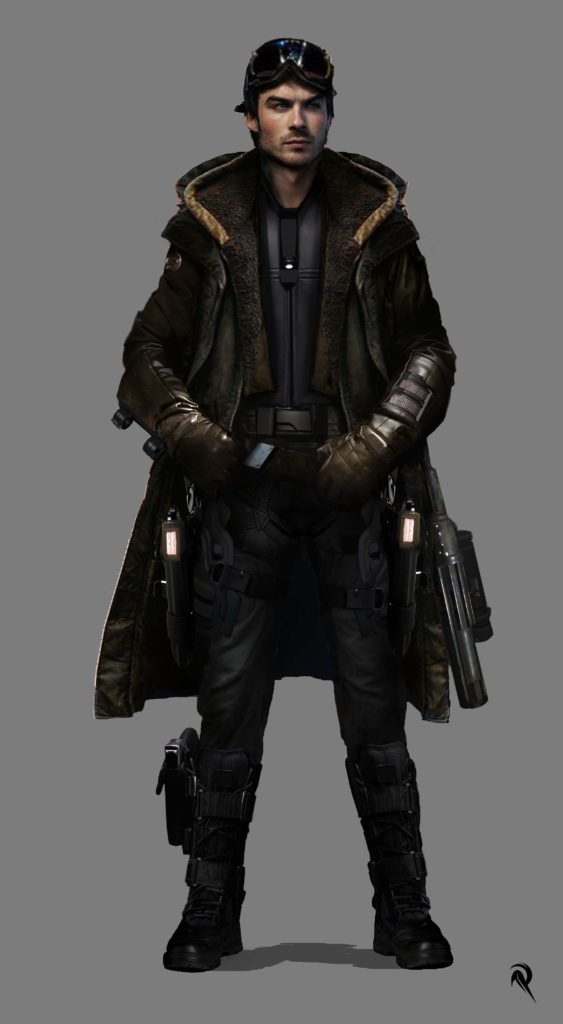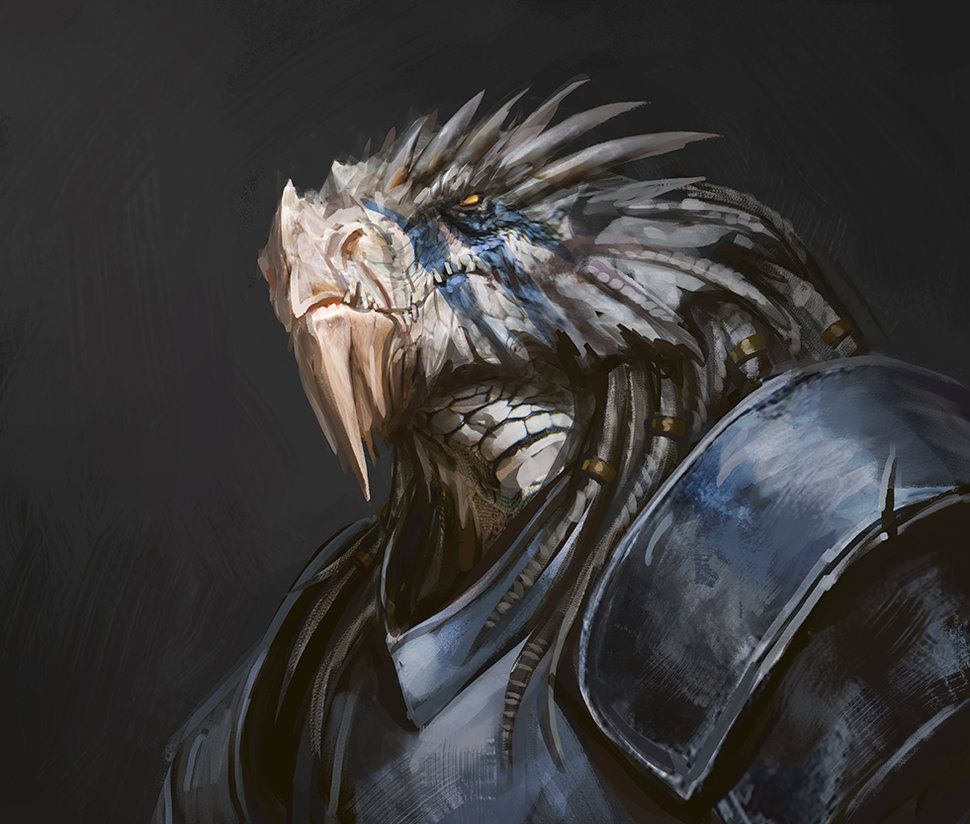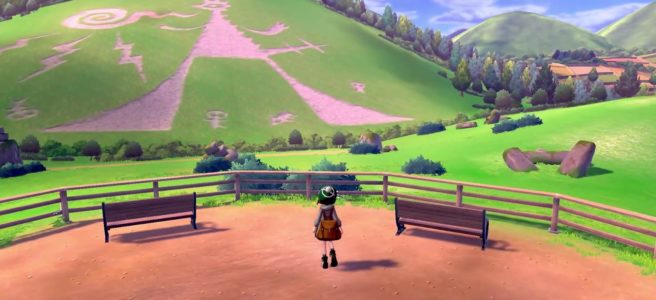The Switch 2 was recently shown off… and all the news we’ve been getting about it is making me more and more secure in my decision to use the money I was saving to get a Steam Deck instead. The discourse surrounding this has been interesting to see and take part in, but there was one sentiment I keep seeing that resonated with me: “I miss the days when gaming was an affordable hobby”. This really strikes me as true, as much as it hurts me to admit it. This got me thinking though: this is a pattern we’ve seen happen before, so maybe we can see how this pattern plays out to get an idea of where gaming is headed.
So what sort of pattern do I mean? Well, it’s simple: it’s the cycle we see all the time with companies and capitalism. When there’s growth, the company will do anything it can to foster more growth, because growth correlates to profit. However, when growth stagnates, they then turn to squeezing ever-increasing profits out of their remaining customers. After a massive, temporary spike in growth during COVID, the gaming industry is in a period of stagnation. After decades of wringing out efficiencies and monetizing games as far as they can go, publishers are running out of other ways to maximize profits. We’re now at the point where Sony and Nintendo’s pricing has sent the message that they no longer care if some of their fans get shut out from enjoying their systems going forward.
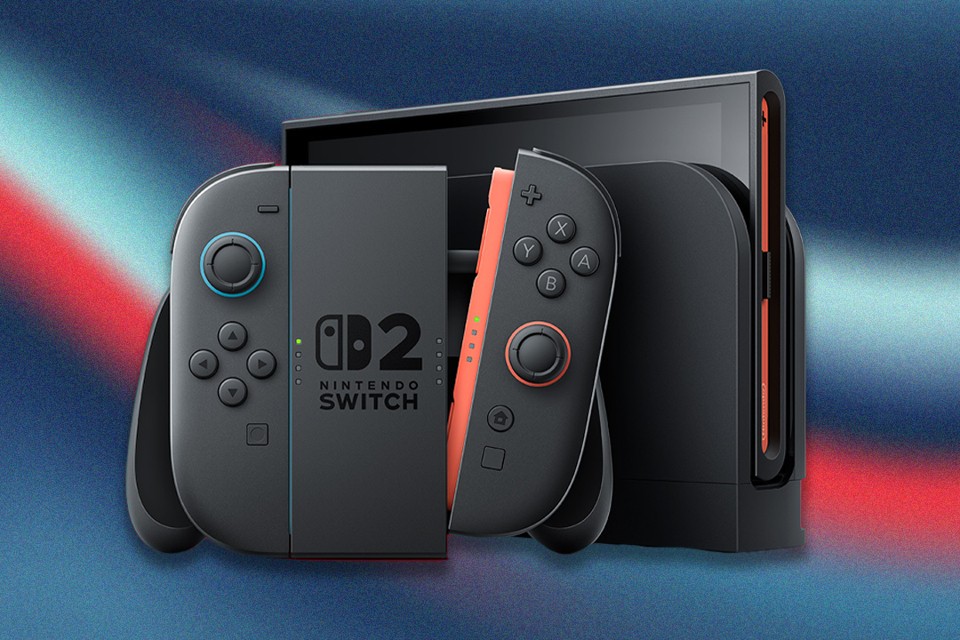
How did we get to this point? As much as we might want to blame capitalism and greedy publishers, the gaming industry has always had a profit-motive, and publishers have been involved the entire time, so it’s not necessarily that simple. However, I do believe this road we’re on really started in the early 2010s when microtransactions become normalized in gaming. We’d already had DLC before it, but at least DLC was adding additional content to your game and there was a finite amount of it. Microtransactions, on the other hand, were infinite and, if designed “correctly”, were necessary to enjoy the game. As a result, nearly every AAA video game was designed as 1) a storefront, and then 2) a game designed from the ground-up to funnel you to that storefront. With microtransactions providing a steady stream of profit growth, along with game companies creating efficiencies to reduce their overhead (such as the adoption of digital game distribution), the price of games and consoles was able to stay relatively low in order to sell to the widest possible audience. This then hit its peak in 2020 when COVID lockdowns caused more people to spend more time gaming than ever before, and profits hit new heights as a result.
However, this peak was short-lived. The contraction the industry has been in since has caused companies to begin cannibalizing themselves as they desperately try to continue making more than they did last quarter, to the detriment of the industry’s long-term health. For these huge companies, if you have less money coming in, then the first way to make it look like you’re still growing is to cut overhead. The most visible method that these companies have employed to this end was the elimination of over 25,000 gaming industry jobs in the past couple years. However, they’re getting to the limits of what they can currently sustain through cutting overhead, so they have to look to the next thing if they want to report profit growth: squeezing the customer. Between “microtransactions” ballooning in price to the point where we now have $500 cosmetics, to $70 USD and now $80 USD games, the squeeze is well-and-truly on. Never overlook the fact that the existence of this squeeze means that these companies have actively decided that they do not care that people who love games will be priced out of their products.
Of course, profits will need to continue to rise, even after the squeeze. If gaming continues to stagnate, which it probably will, then they’ll look to the next squeeze: inevitably more expensive “micro”transactions, or a new monetization scheme, or yet another price increase, or not adjusting the price of games when the tariffs on them inevitably go away. If you can still afford to buy the newest console and accessories, how long can they squeeze until you get priced out of it next? While the price of games has largely just matched inflation, wages have not matched inflation and, as a result, the cost of a game console and accessories is a lot harder to stomach, even if it’s the “same” price.
In the meantime, there are a couple other sources of cost cutting that the industry is looking at which may keep them from squeezing the life out of the industry for a little bit longer:
- Outsourcing. AAA games are extremely expensive, and most of that comes from the cost of maintaining teams of hundreds (or even one thousand-plus) team members for years before completing a shippable product. It really pushes the margins that a game needs to achieve in order to be considered a success. As a result, publishers have been outsourcing work to support studios in nations with lower cost of living. This isn’t necessarily a bad thing, but it does present the scary prospect of all but the biggest Western game studios being priced out of the market, since supplemental outsourcing is still going to end up costing more than a development studio in a country with a low cost of living.
- AI. Obviously publishers are going to try to cut costs with the latest tech fad as much as possible. Even if it doesn’t save them any money, being able to say that they’re utilizing AI is enough to draw attention from idiot investors. That said, we are starting to see AI being used to cut cost in games, most notably Activision and Call of Duty, which has been using AI art assets in-game and is accused of using AI voice “actors” too. And this is Call of fucking Duty, the most profitable game series nearly every year: they can afford to pay artists and still make a profit, but they’ve calculated that having garish, cheap slop put into their game is not going to devalue it enough to offset the amount of money they can pocket instead.
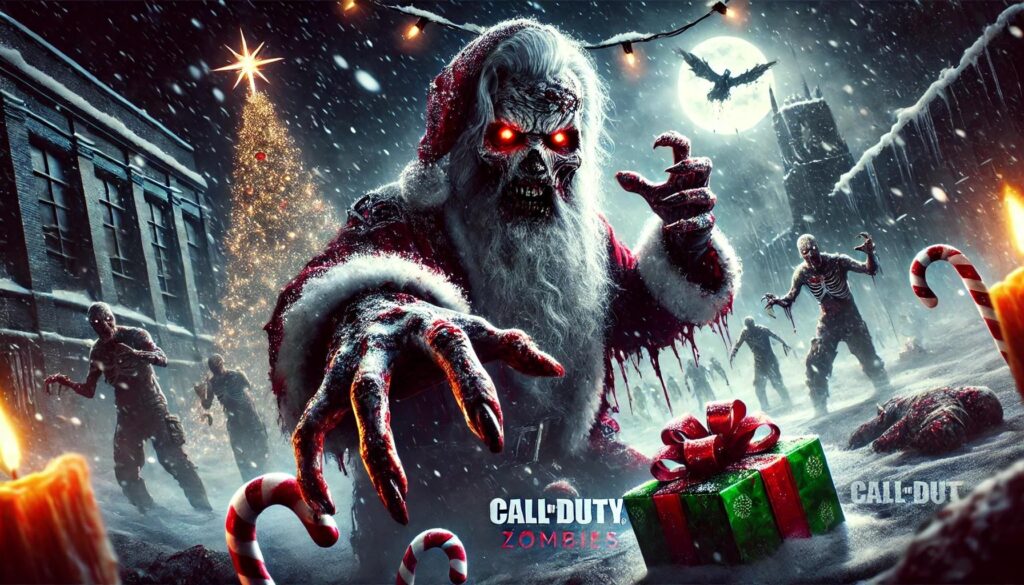
Now, I will admit that the issues faced by the gaming industry do, to some degree, go beyond “just greed”. The AI tech fad that we’re in has driven up the price of computer components, meaning that acquiring the resources to make consoles has gotten a lot more expensive (and basically guarantees that the base price of a console will never go down, even if components eventually drop in price). I imagine that this is a big reason why the Switch 2 costs as much as it does. Tariffs are also certainly going to play a factor in making gaming even more unaffordable (for Americans at least, although it remains to be seen if other nations will be spared or penalized to offset lost profits). And, boy, it sure will suck when China inevitably invades Taiwan and throws the global semi-conductor industry into turmoil.
Here’s the thing though… I fear that this is just the new normal. Enough people will continue to buy these expensive consoles and games that it will be worthwhile. Meanwhile, those who cannot afford it will just fall through the cracks. Maybe they’ll find ways to game on a budget. Maybe they’ll find new hobbies. Or… they’ll spend beyond their means. I honestly think that this is a calculation these companies make since credit cards were introduced: how much debt will people be willing to go into to get this thing they want? In my opinion, the advent of “buy now, pay later” services just accelerates this: you can charge more, because people will willingly put themselves into debt to buy something that they otherwise would not be able to afford.
So… what can you do if you’re priced out of gaming in this environment. Well, I’ve got a couple ideas:
- PC gaming is fairly economical, all things considered. Obviously, a gaming PC (even a low-end one) will cost a fair bit up-front, but the cost from there is exponentially lower than on console. Online play is free, there’s more competition so you get huge discounts on games, accessories are less expensive since they are not proprietary, etc. Oh, and that’s not even mentioning that you can get a used Steam Deck for under $300 USD, which is a pretty compelling value proposition compared to buying a console.
- Take advantage of companies seeking growth. My go-to example for this is fast food restaurants trying to entice you to use their apps with reward points, discounts, and free food. This is clearly just them trying to get you into their ecosystem and, when they’ve gotten enough people on their app, they’ll start cutting back on these perks. However, to that I say: “exploit it while you can”. Bringing this back to the games industry, Game Pass is often touted as the best value proposition in all of gaming, but I’m incredibly leery of it for exactly this reason. Subscription services are always one quarter of stagnation away from enshittification. Game Pass is trying to maximize its subscriber numbers, and they’re giving out all sorts of incentives to make that happen: months of Game Pass for free, AAA games launching on the service on day one, low price, etc. However, Game Pass’ subscription numbers might be starting to plateau already, and we’ve already seen Microsoft raise prices and cut features to put on the squeeze. Enjoy Game Pass while you can, but understand that, at the end of it, you’ll come out with no games that you can enjoy years later… and that’s how they’re going to try to keep you in their ecosystem.
- Stop playing new games. You don’t need to keep up with the new AAA hotness. Buy used systems and games, or dabble in emulation and play the stuff you never got a chance to as a kid. In the past year, I got a Retroid Pocket 4 Pro to play any retro game I could dream of, and it has been an absolute blast. I snapped up a used Xbox One and a stack of games for it, all for barely over $100 CAD. If the new hotness isn’t still enticing in a couple years, how excited were you for it, really?
That’s how I see the current state of the industry. Honestly, I hope that my analysis is wrong here, or a major shake-up occurs that makes the industry more affordable (shorter games with worse graphics made by people who are paid more to work less could be a start), but I’m pessimistic. Activision have demonstrated that, even when they have the highest-grossing game every year, they will continue to squeeze until there is no life left, and you can be sure that the other publishers will follow suit. We may not see the AAA market make an attempt to be affordable again until we get a real industry crash. At that point, some company may realize that they can capture market share by growing their audience, and then we can relive the cycle again…
If you liked this article…
I hate ads. You hate ads. In order to stop polluting my site with obtrusive and annoying ads, I’ve elected to turn them off on IC2S. That said, writing still takes time and effort. If you enjoyed what you read here today and want to give a token of appreciation, I’ve set up a tip jar. Feel free to donate if you feel compelled to and I hope you enjoyed the article! 🙂

